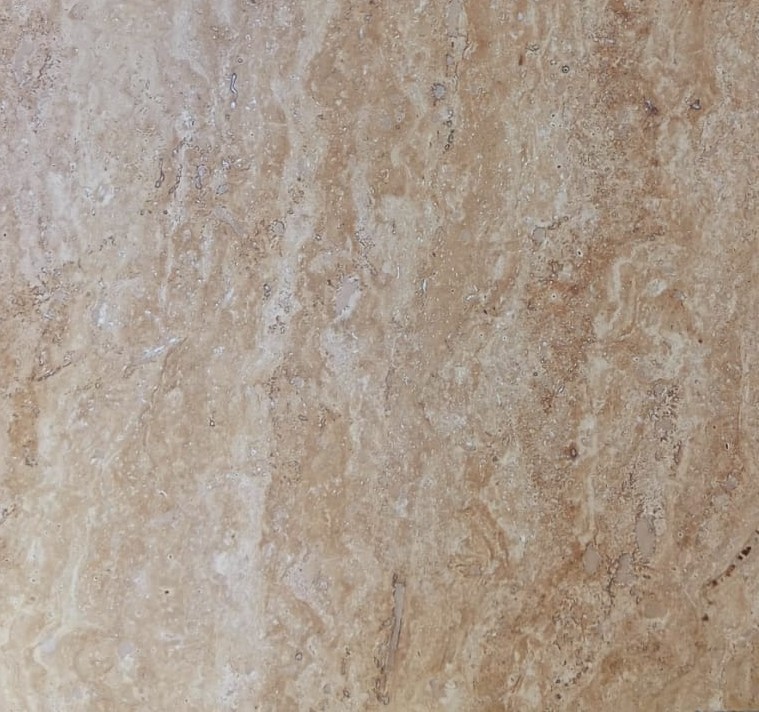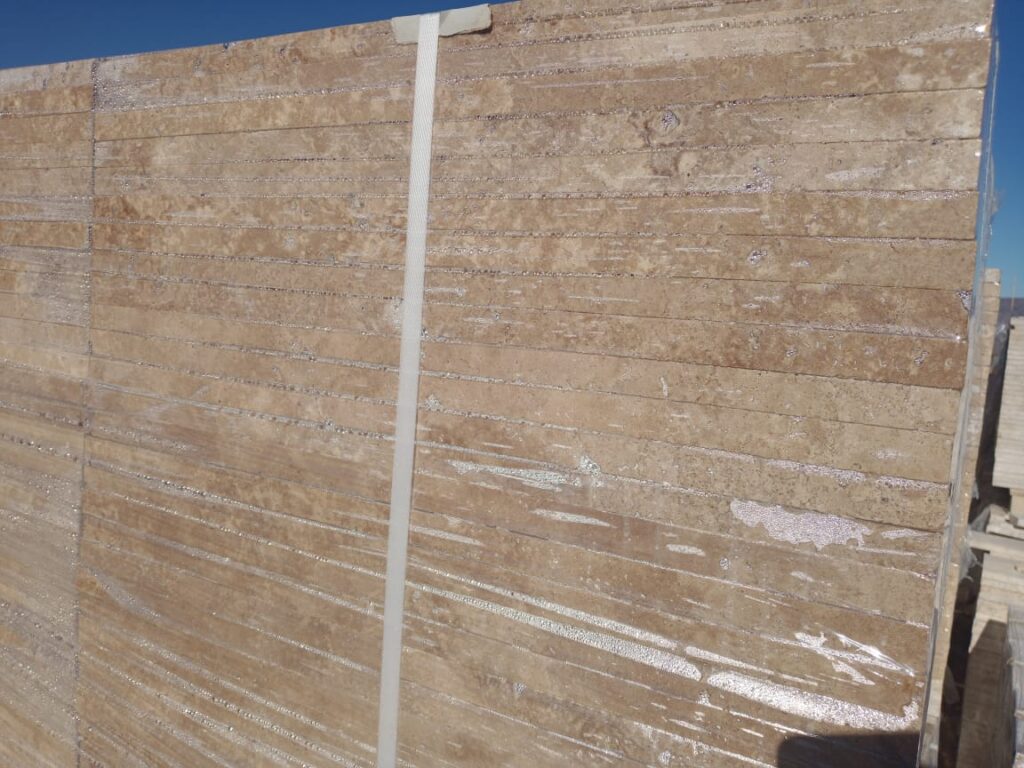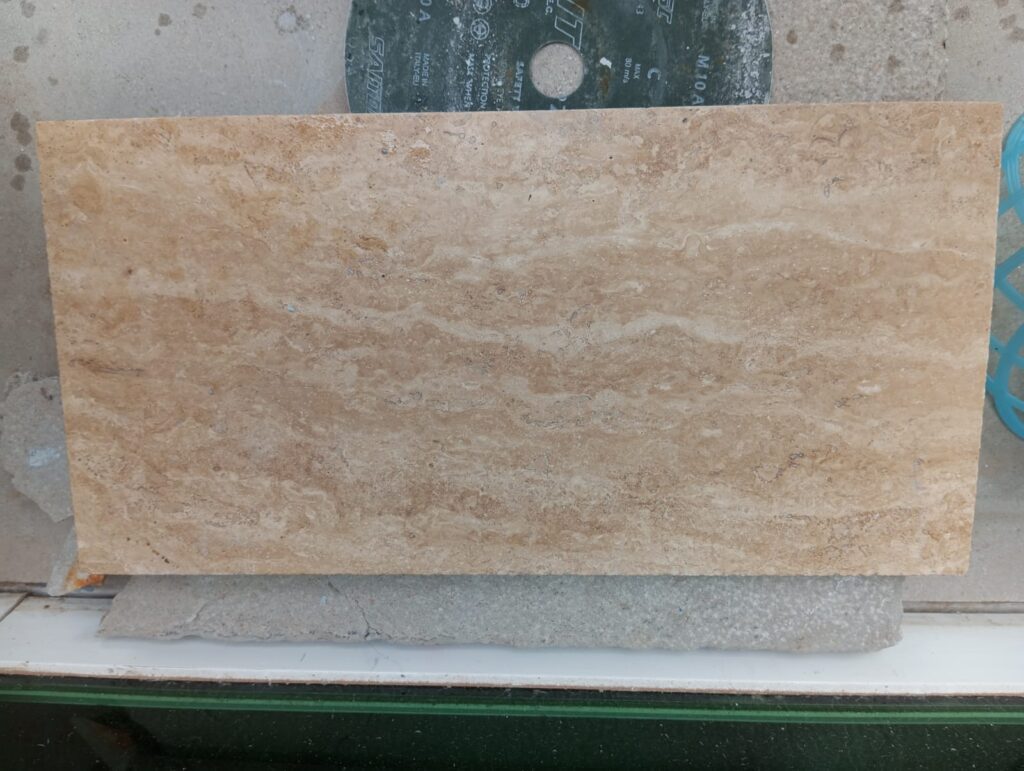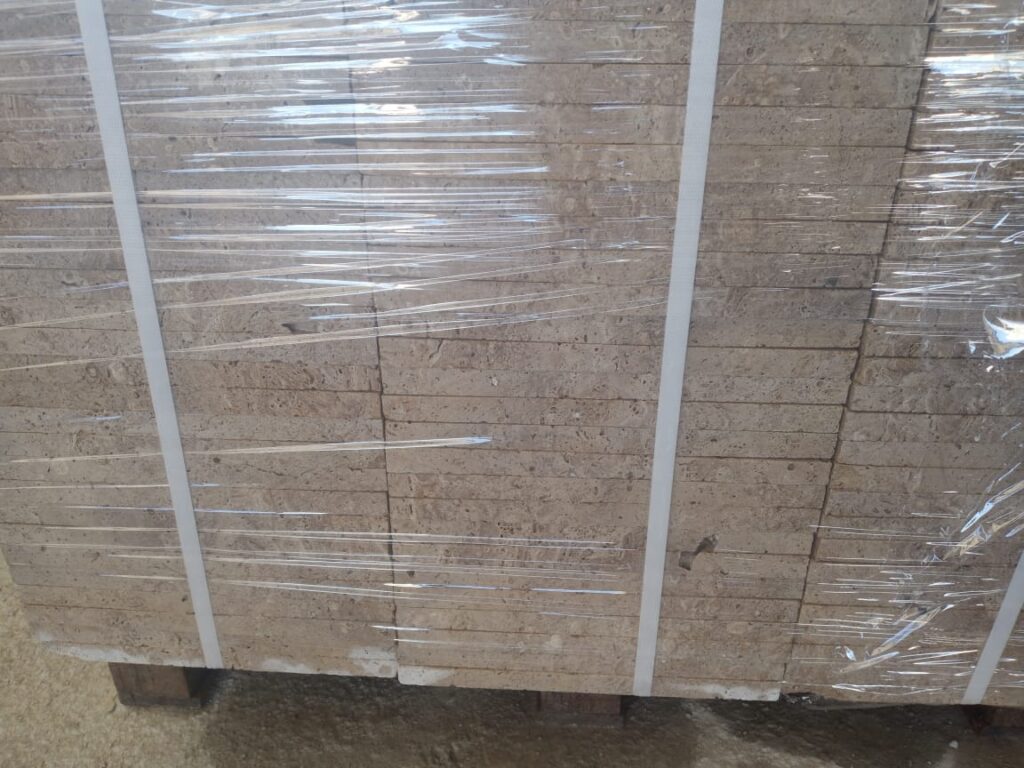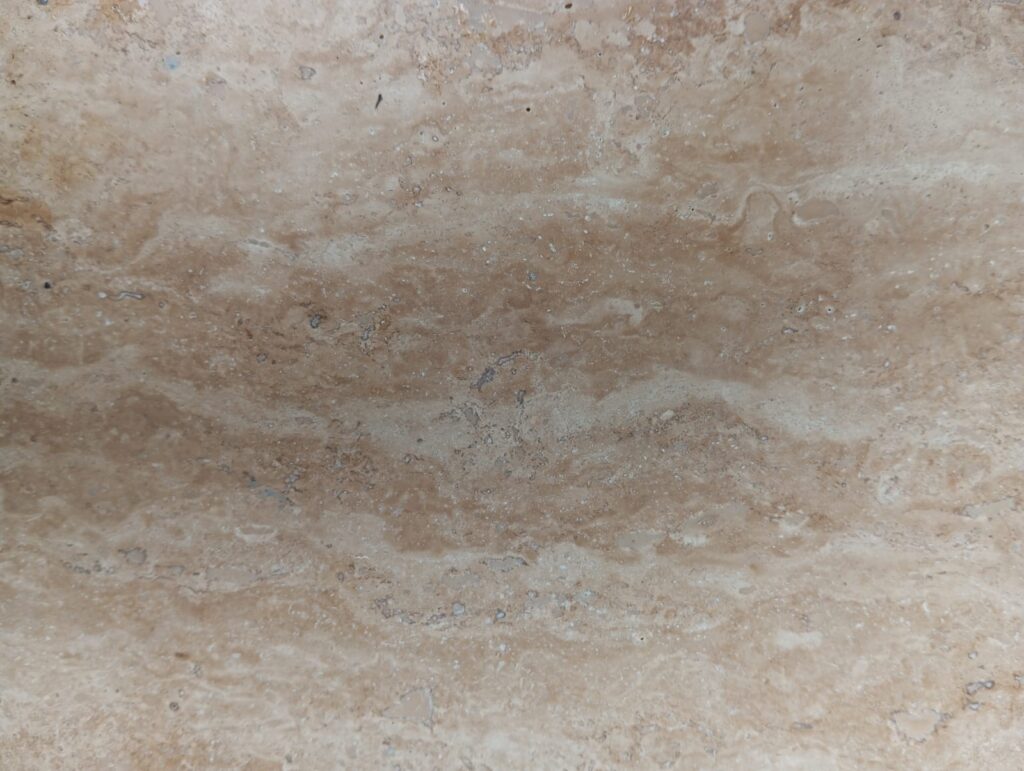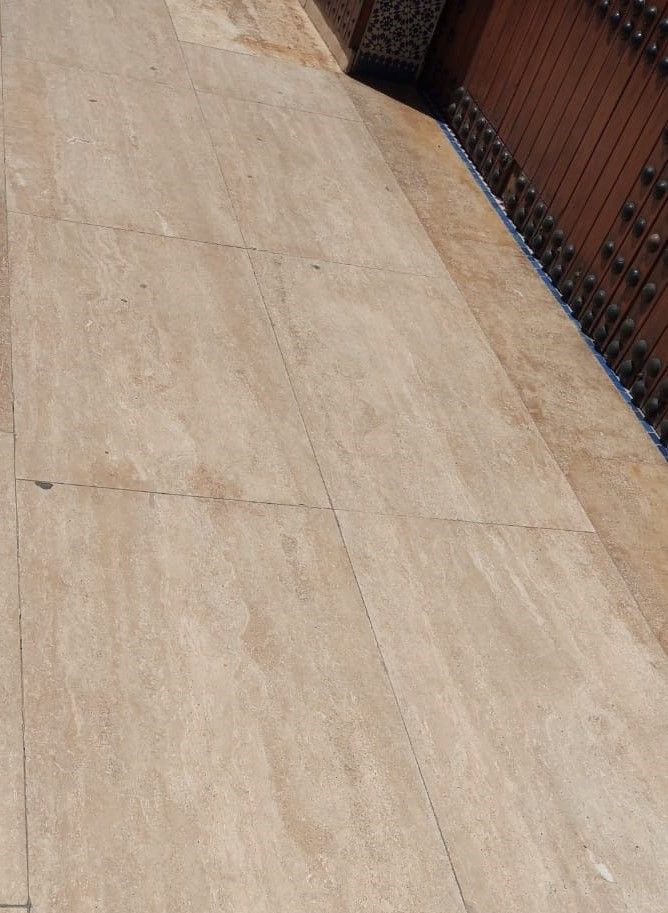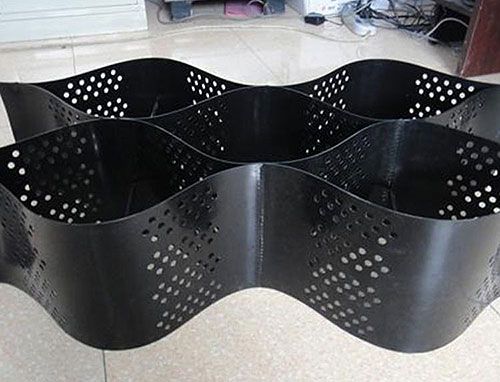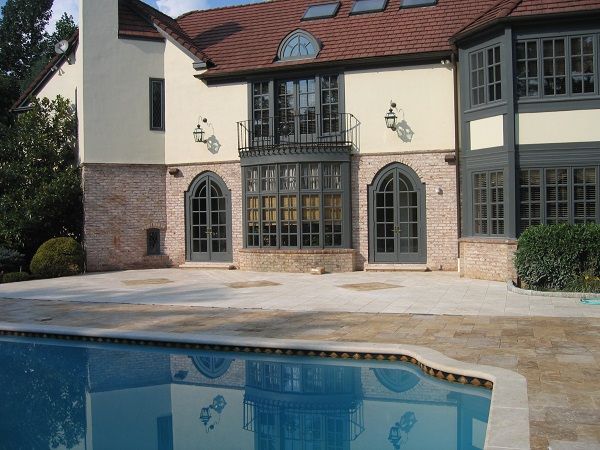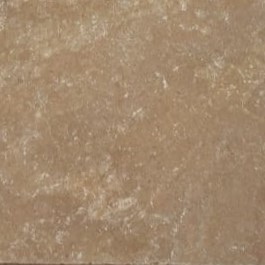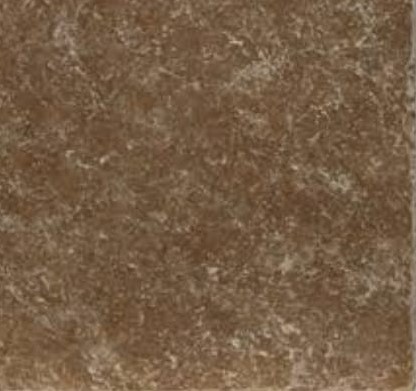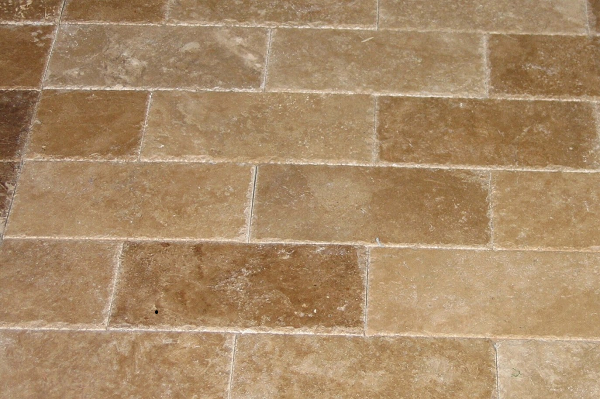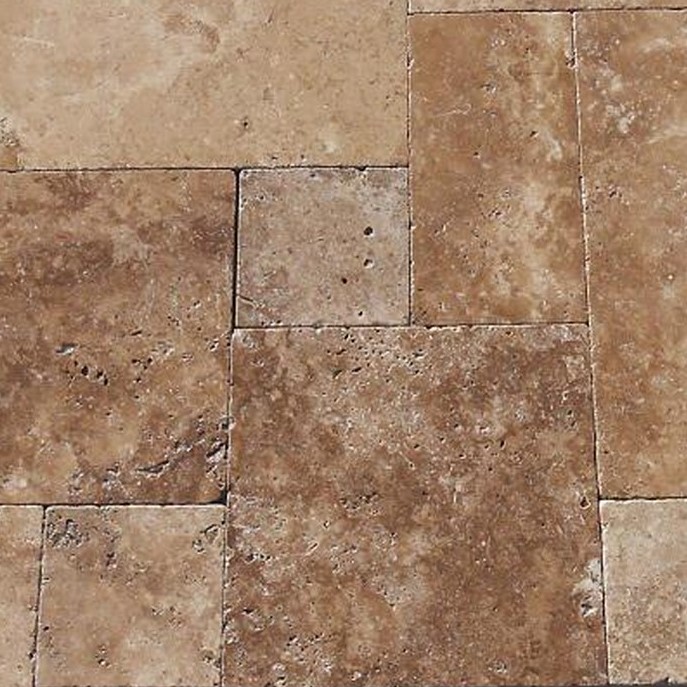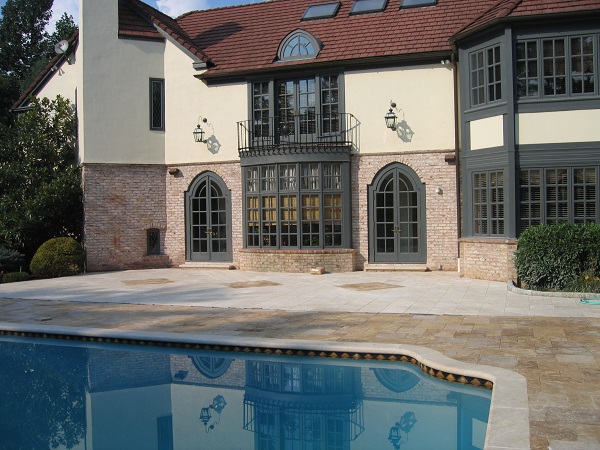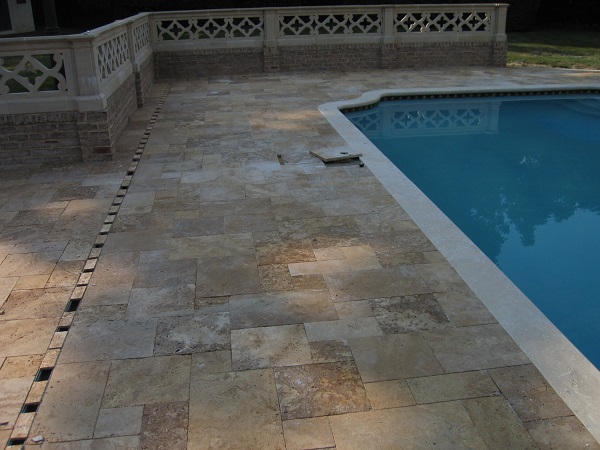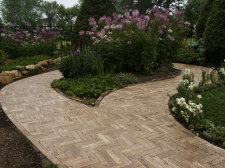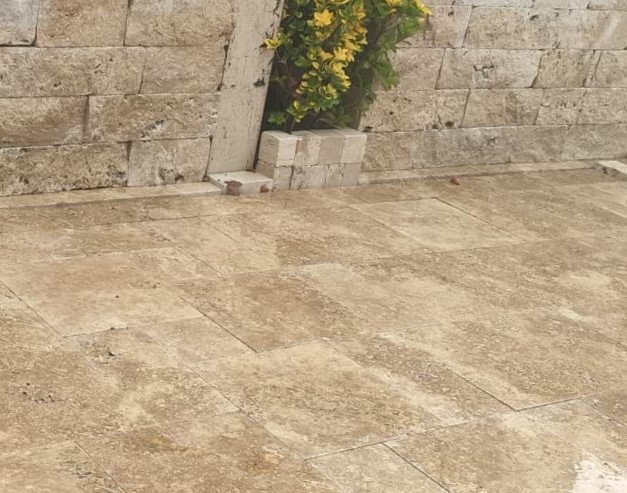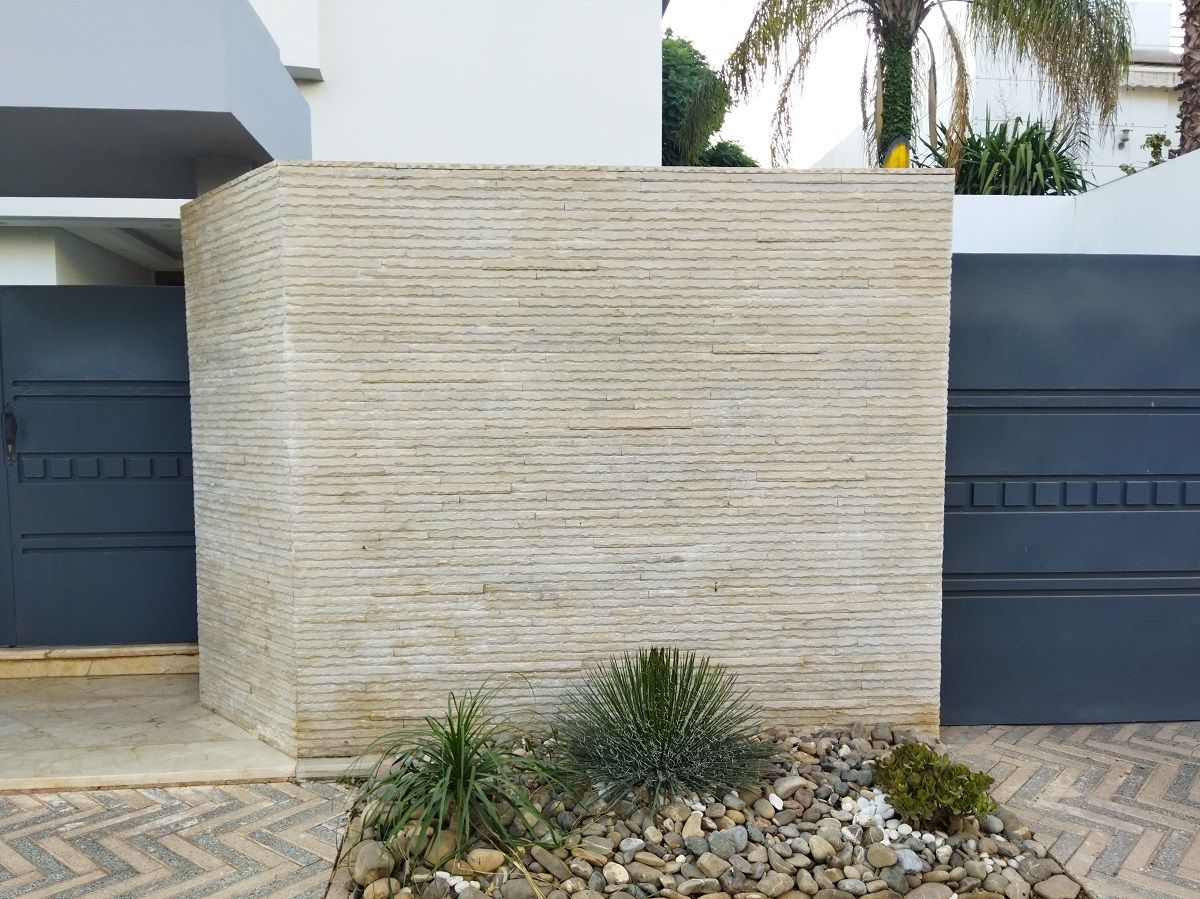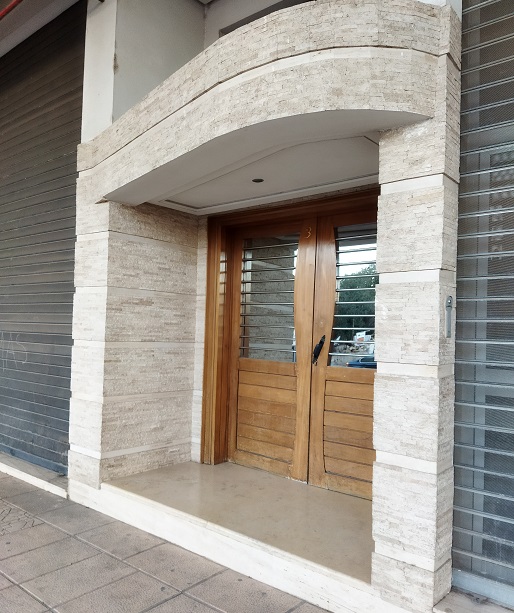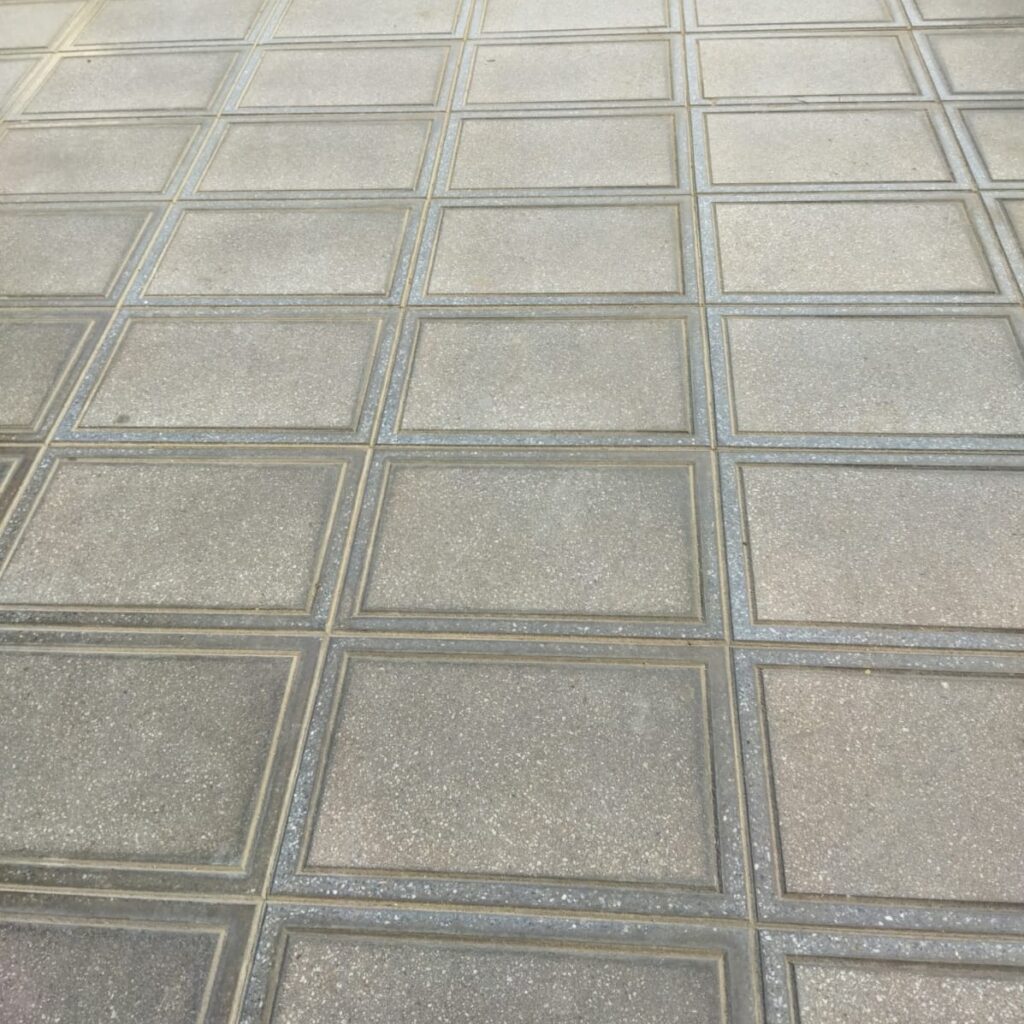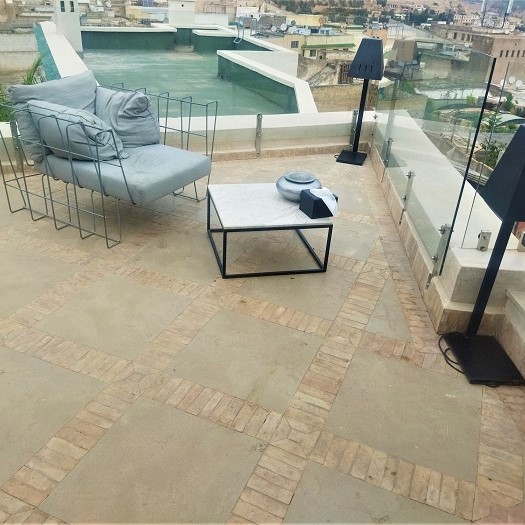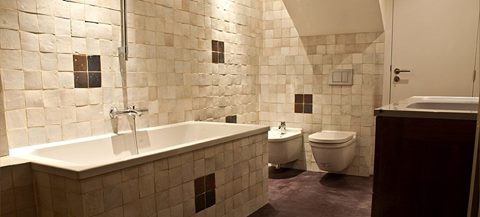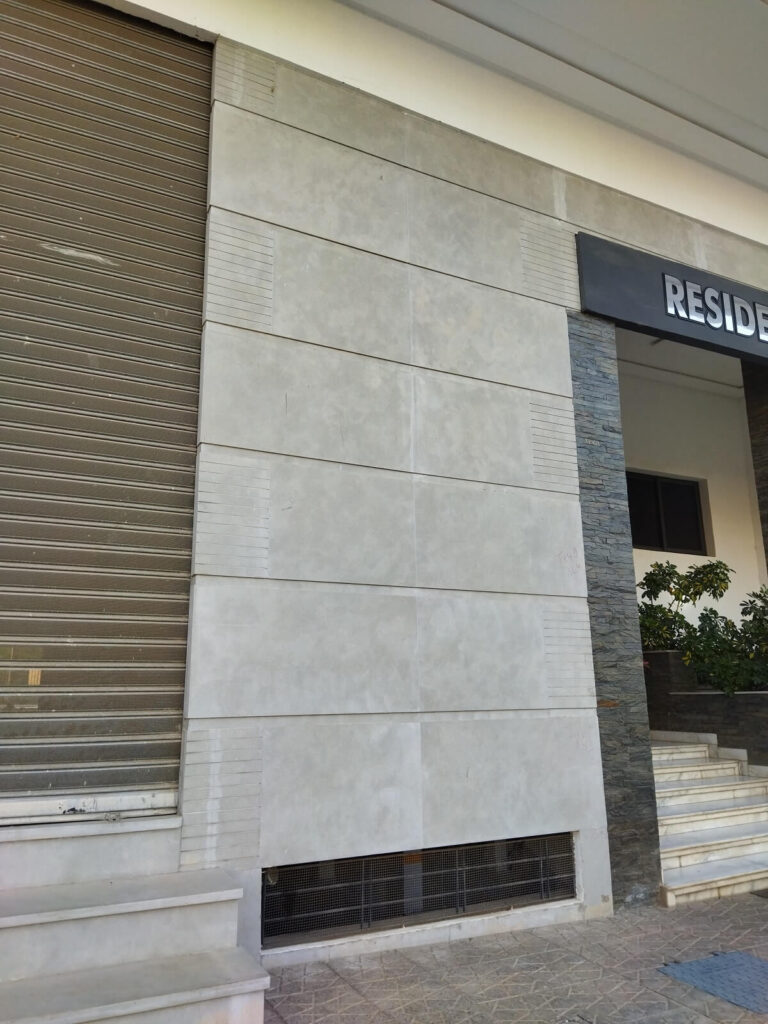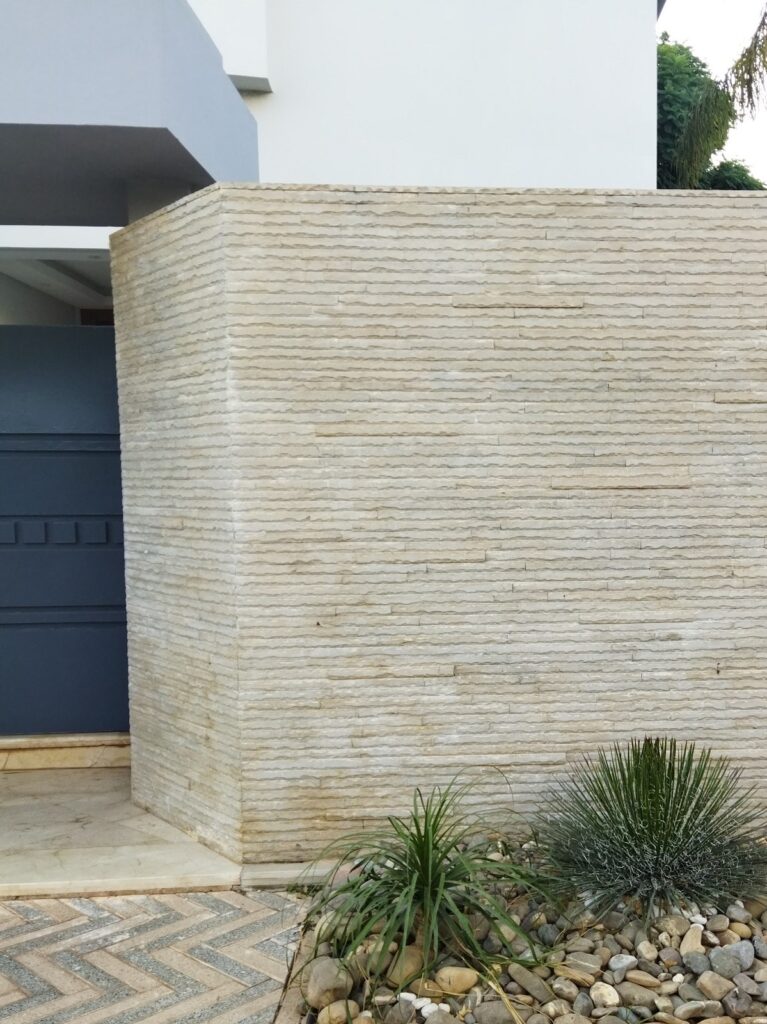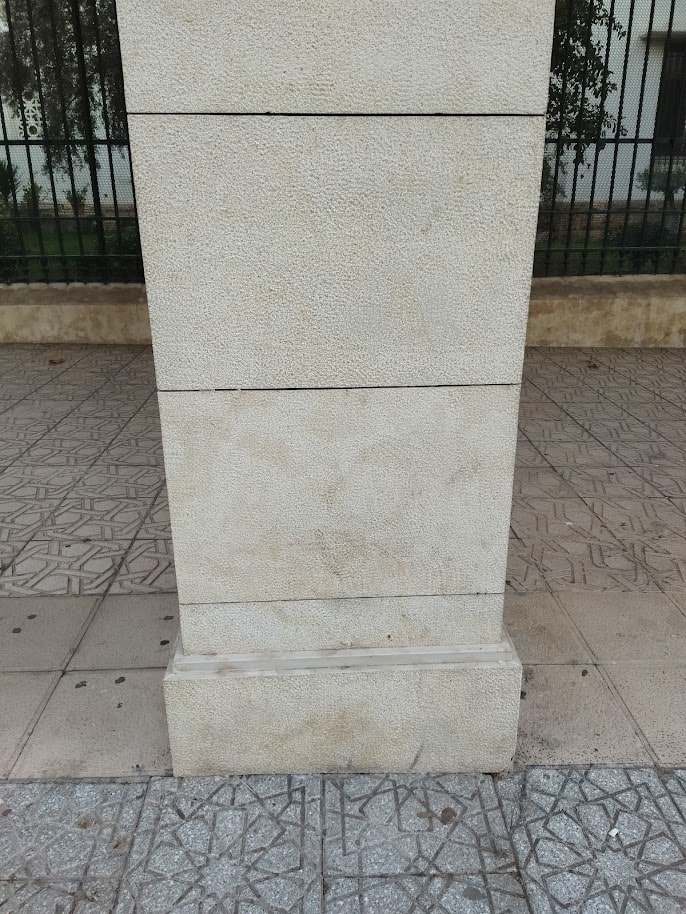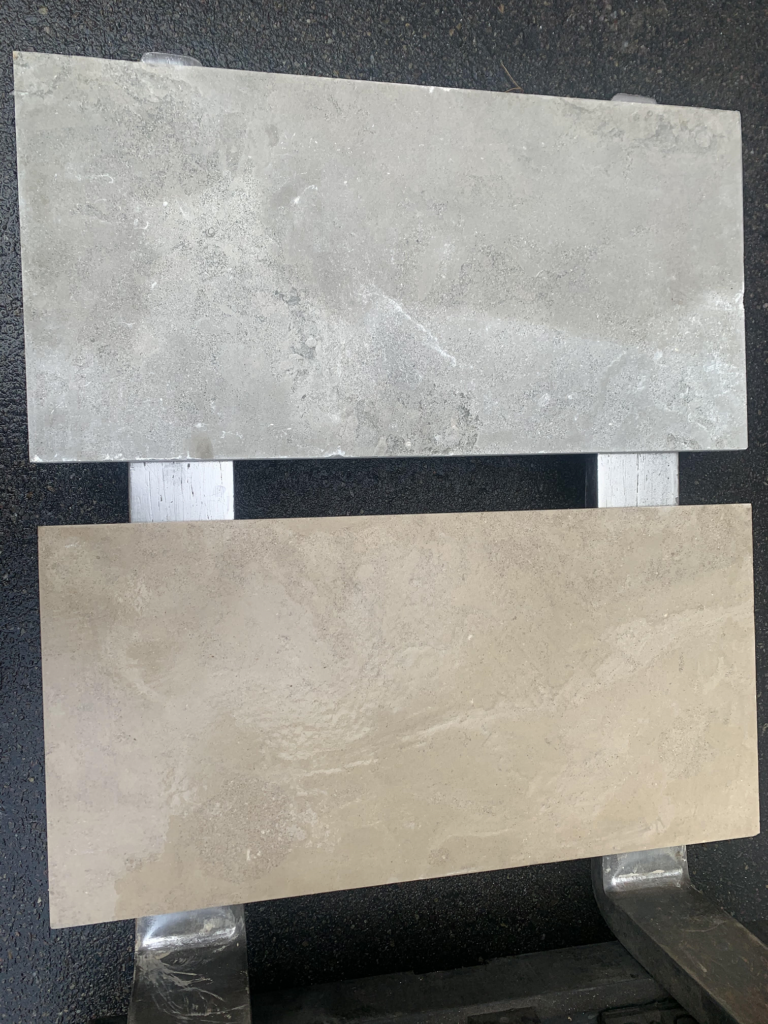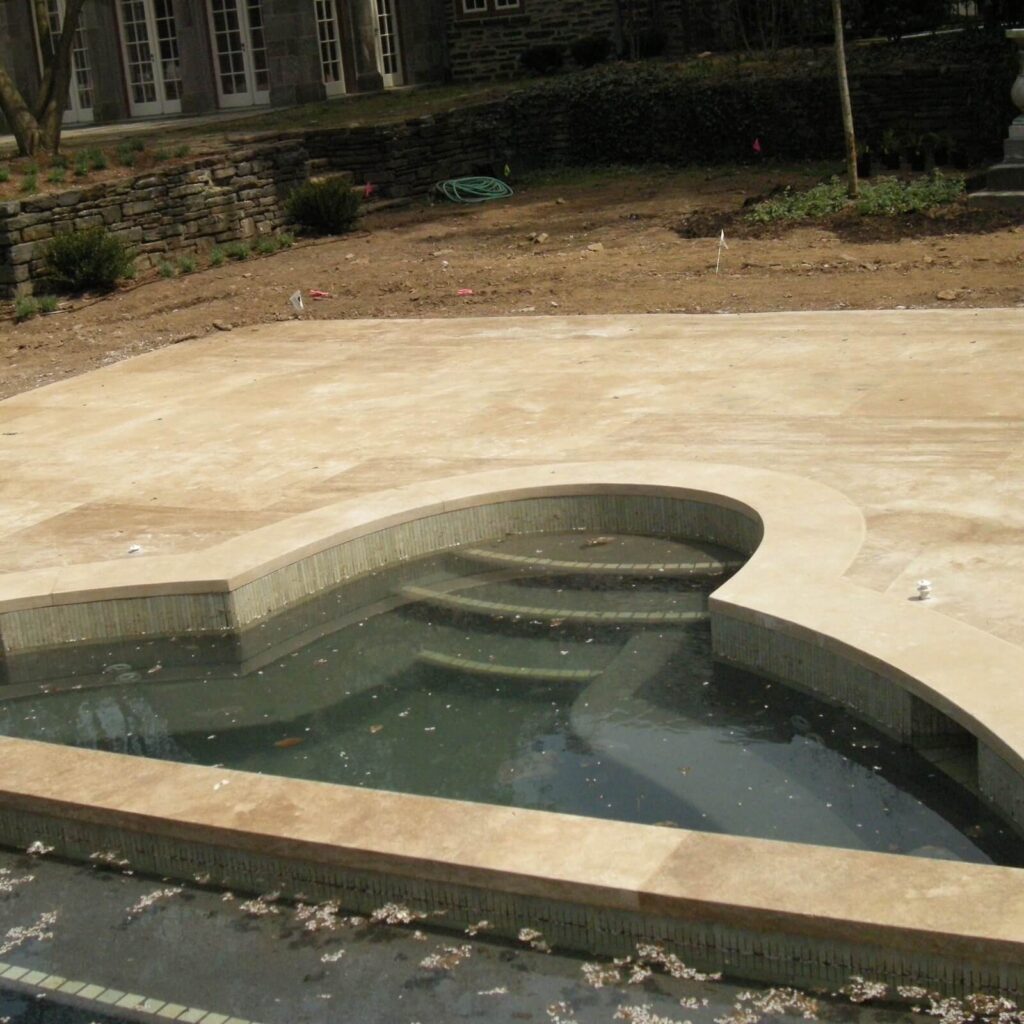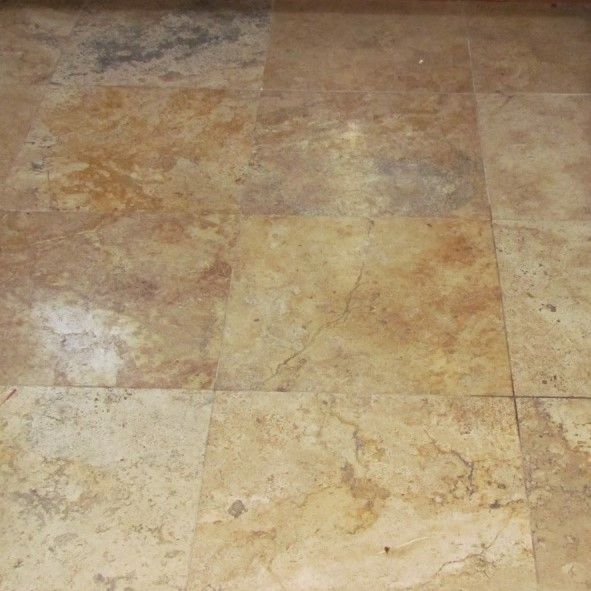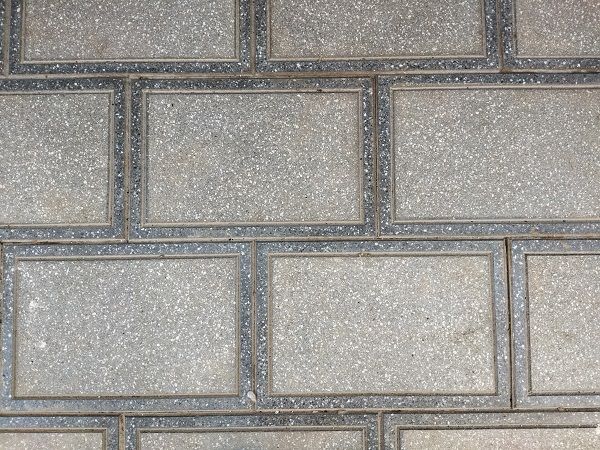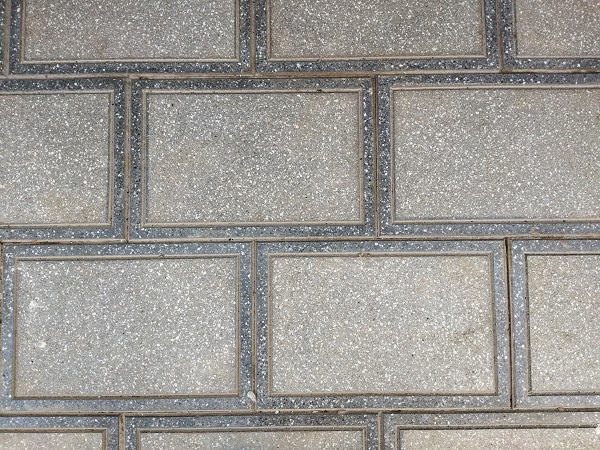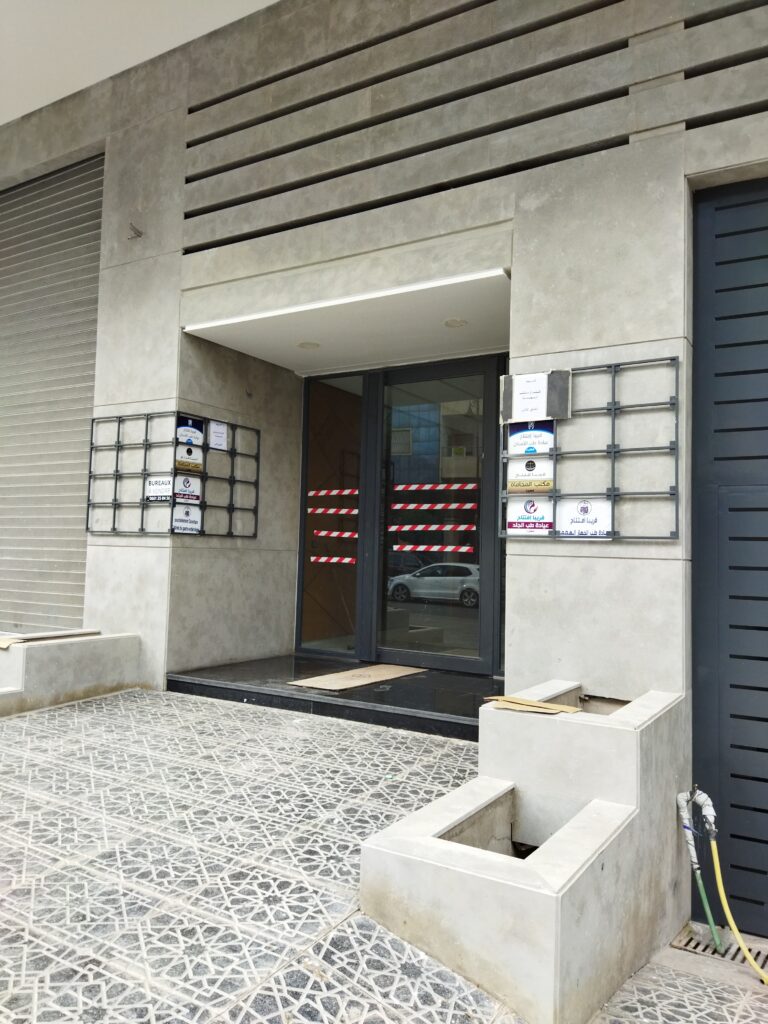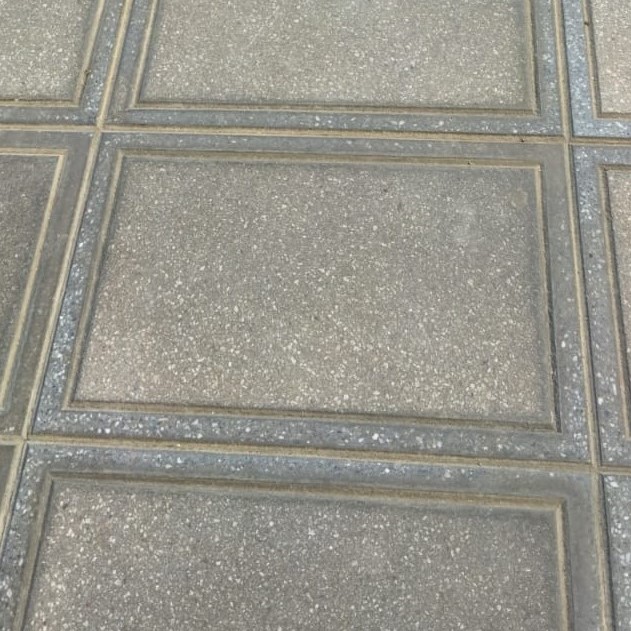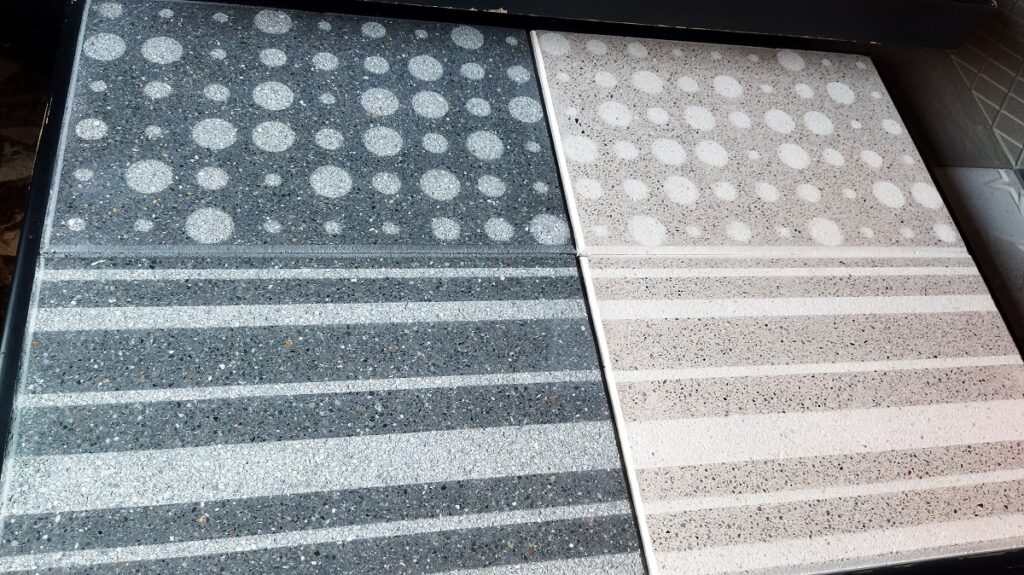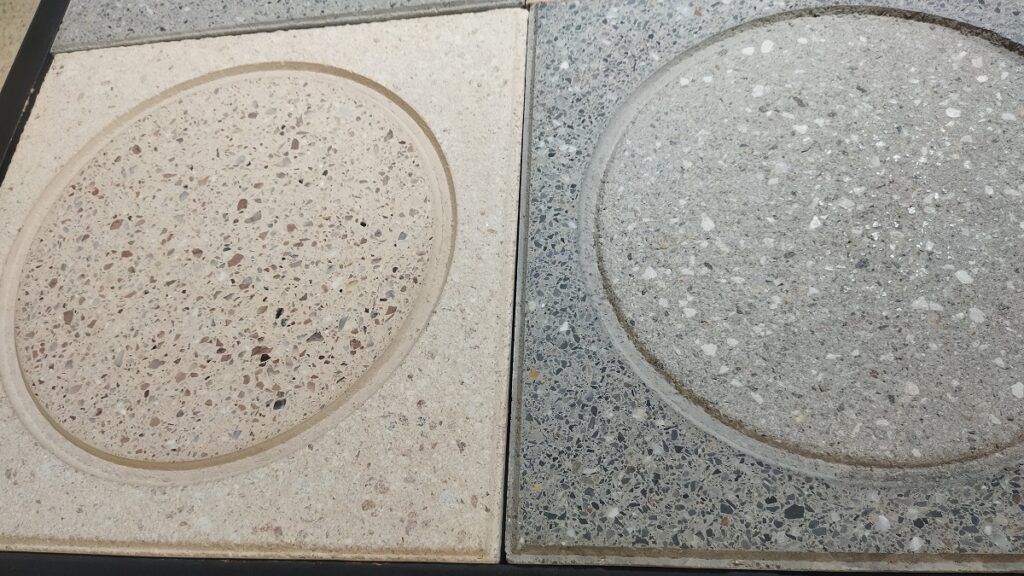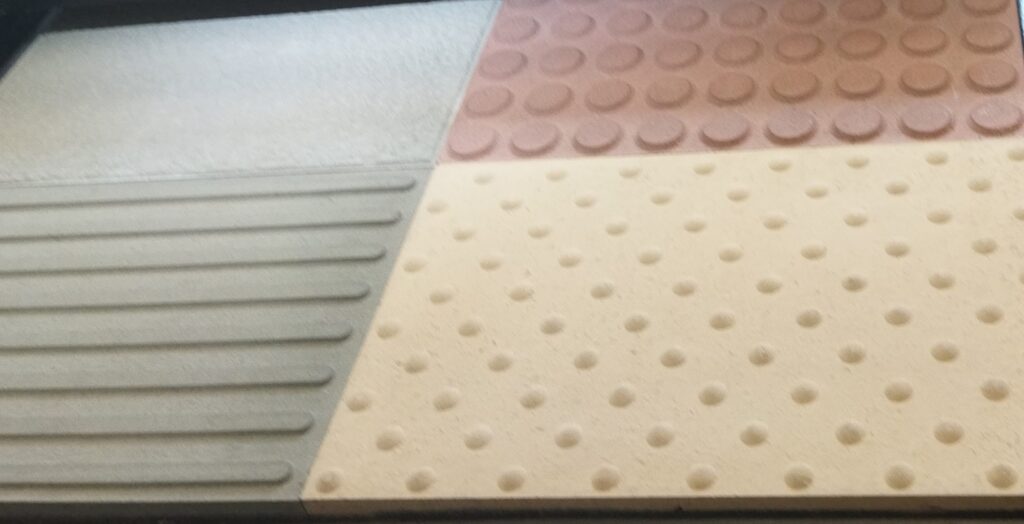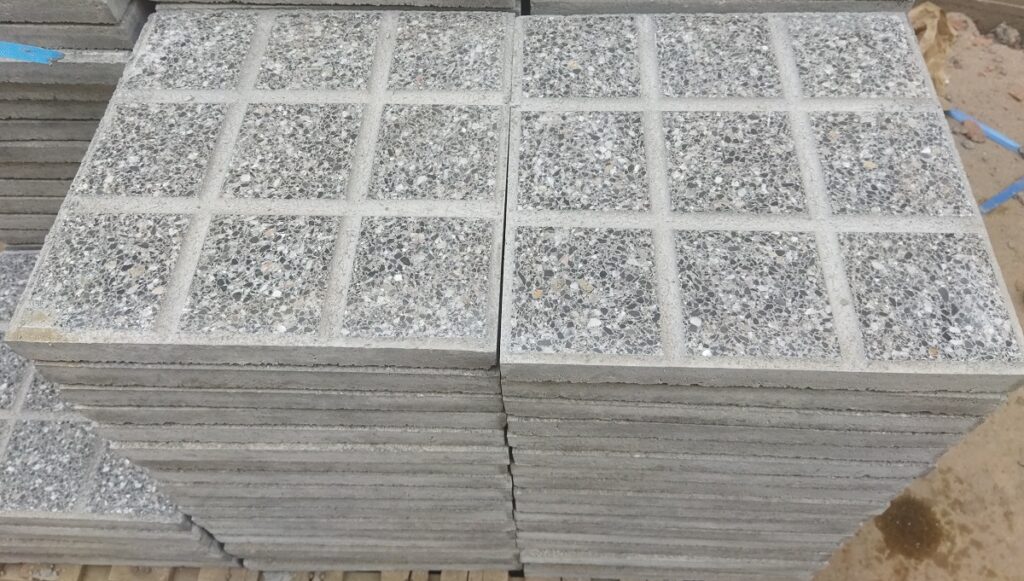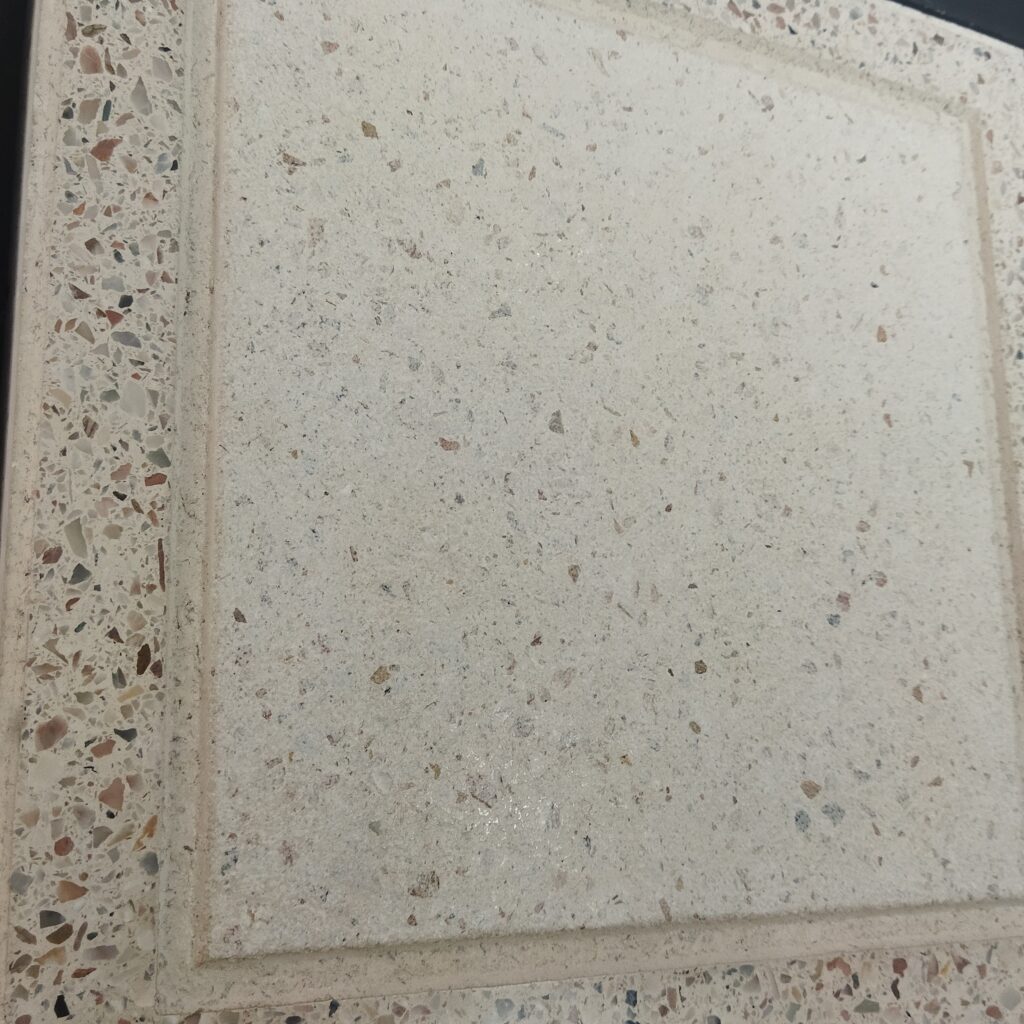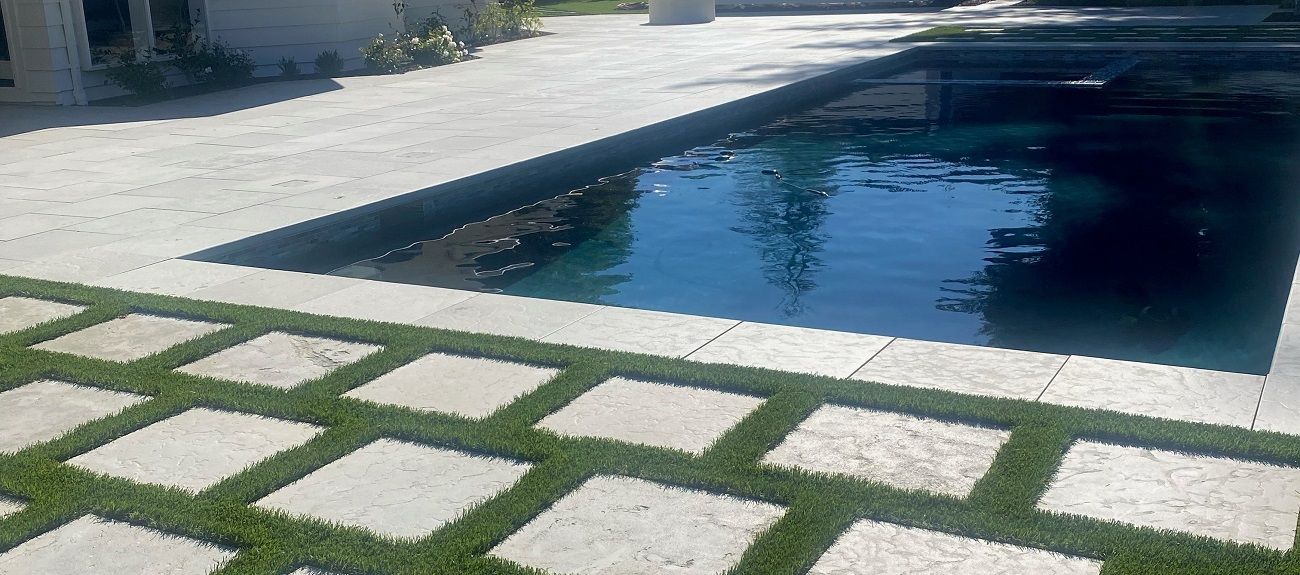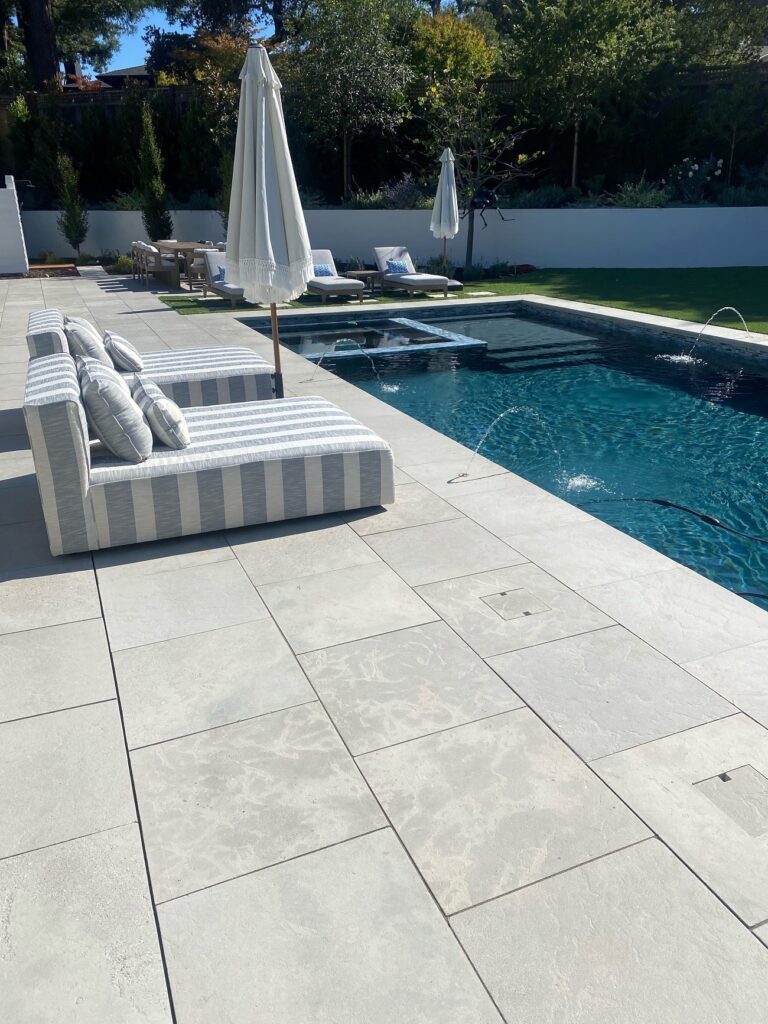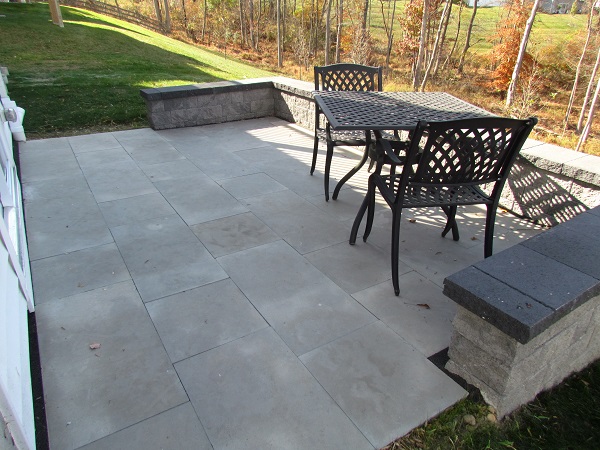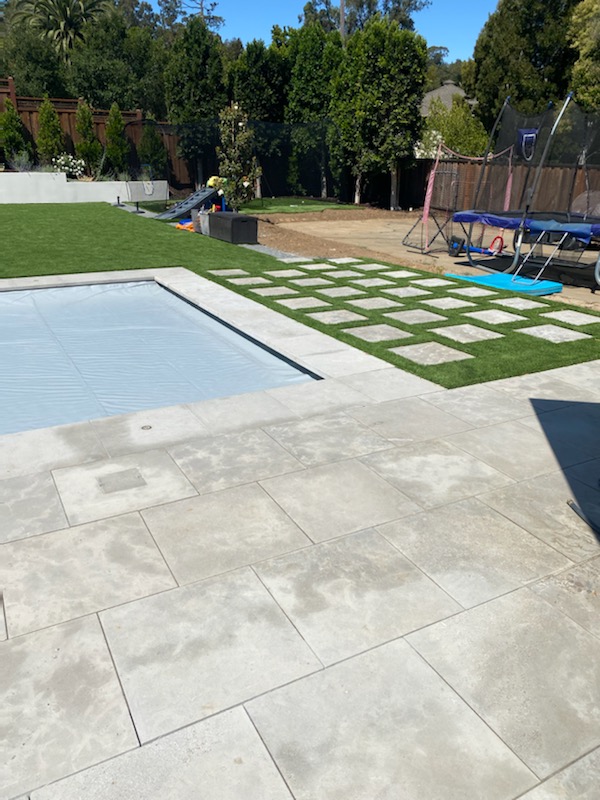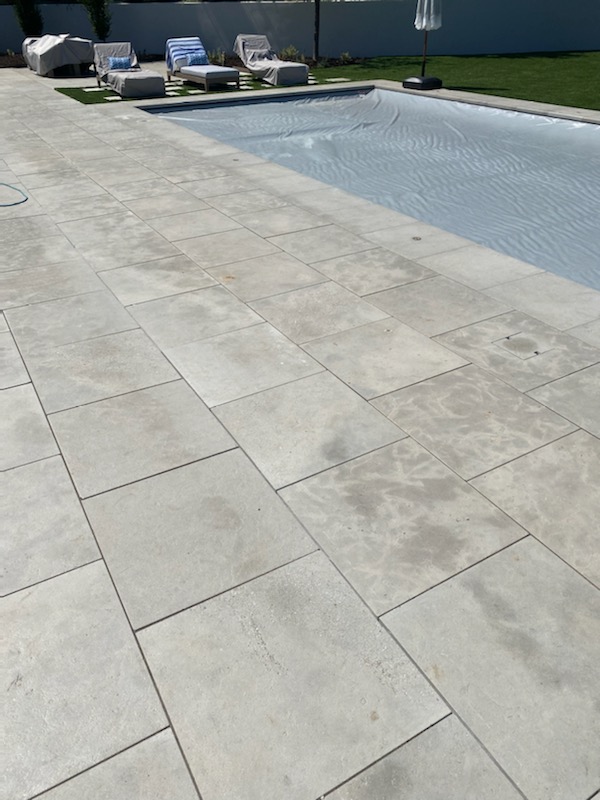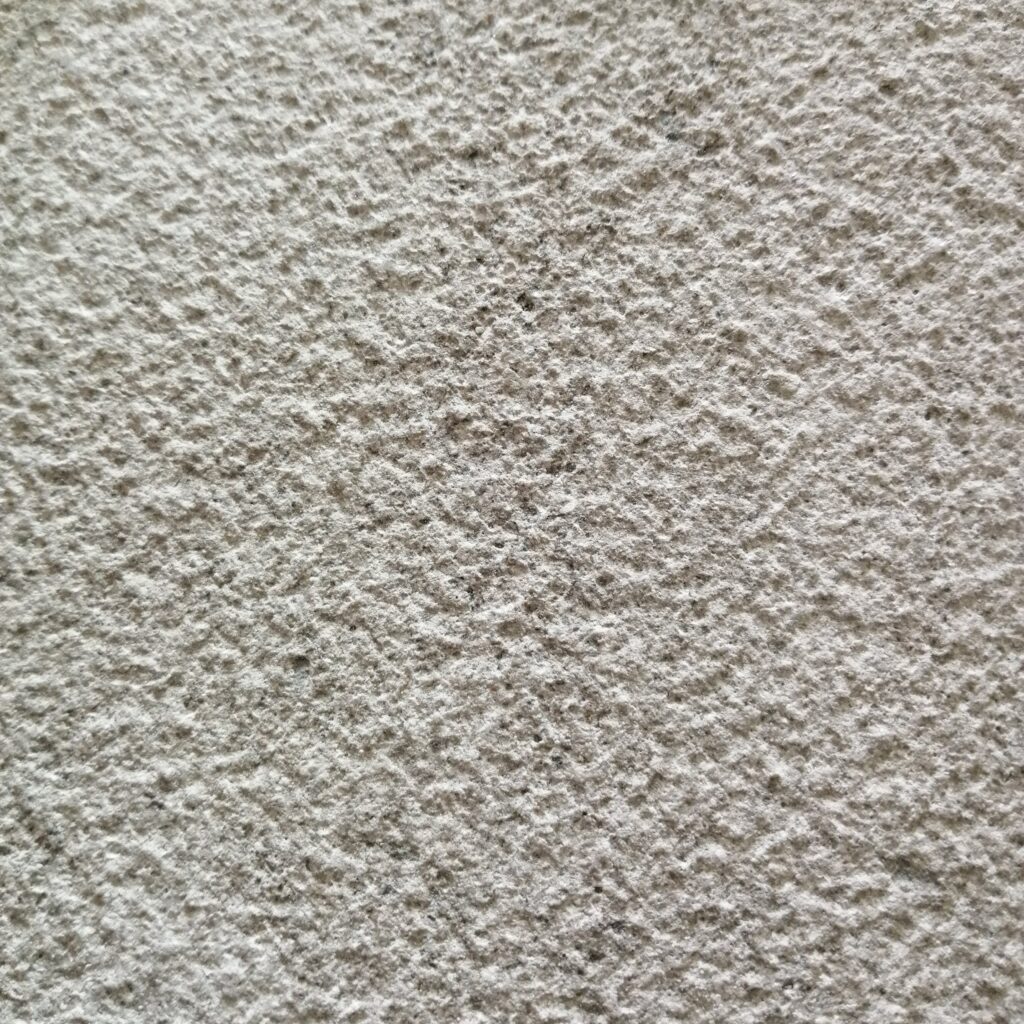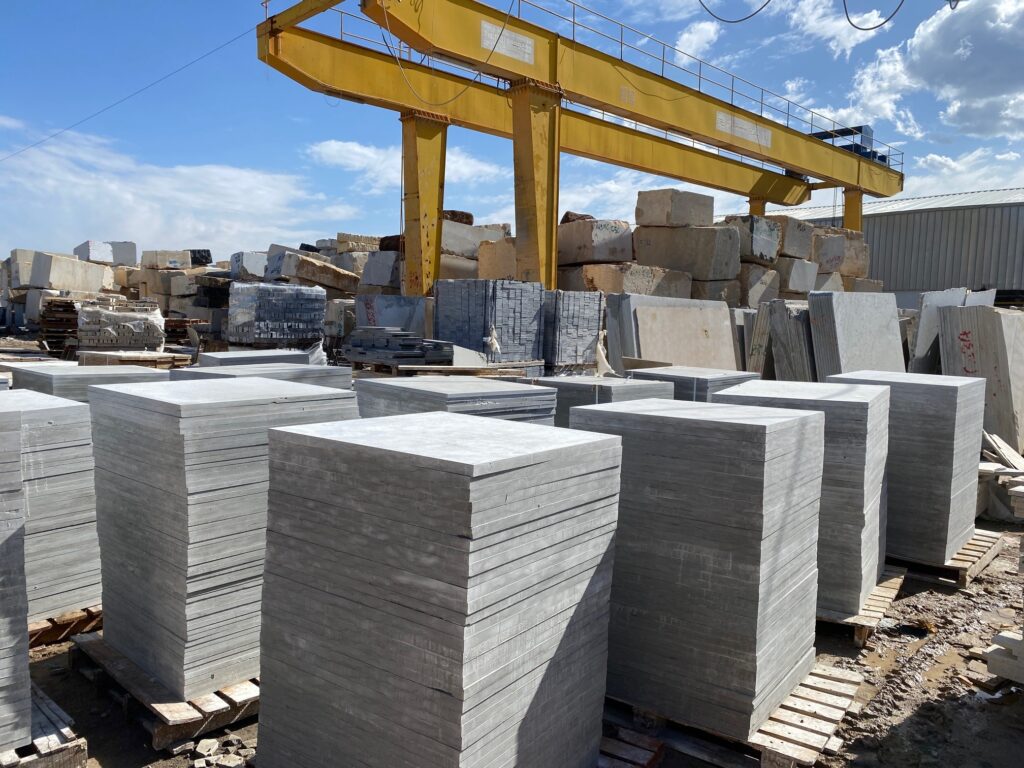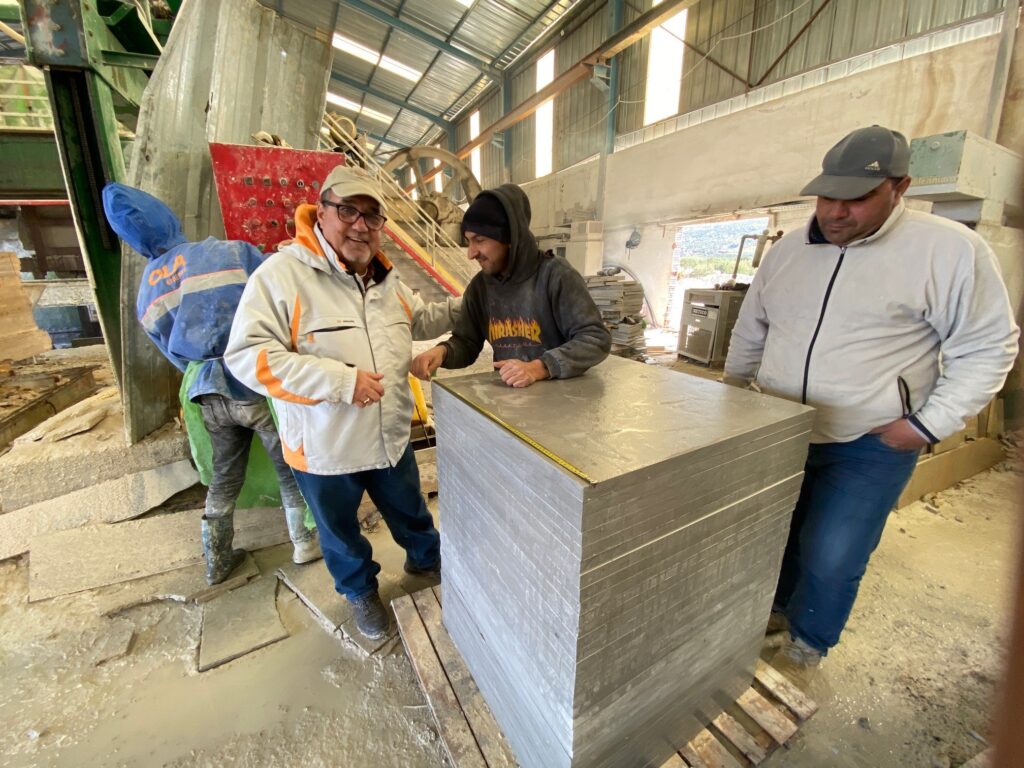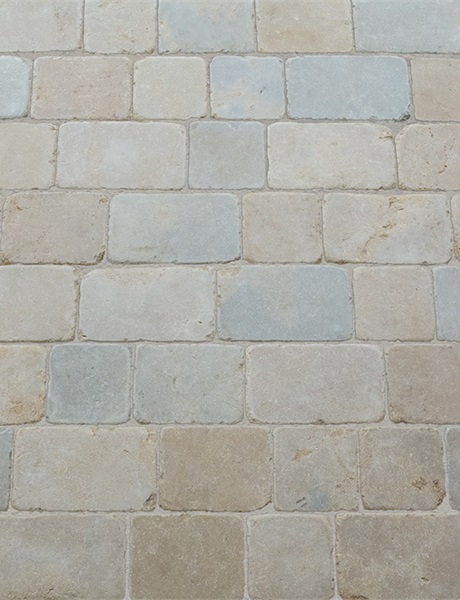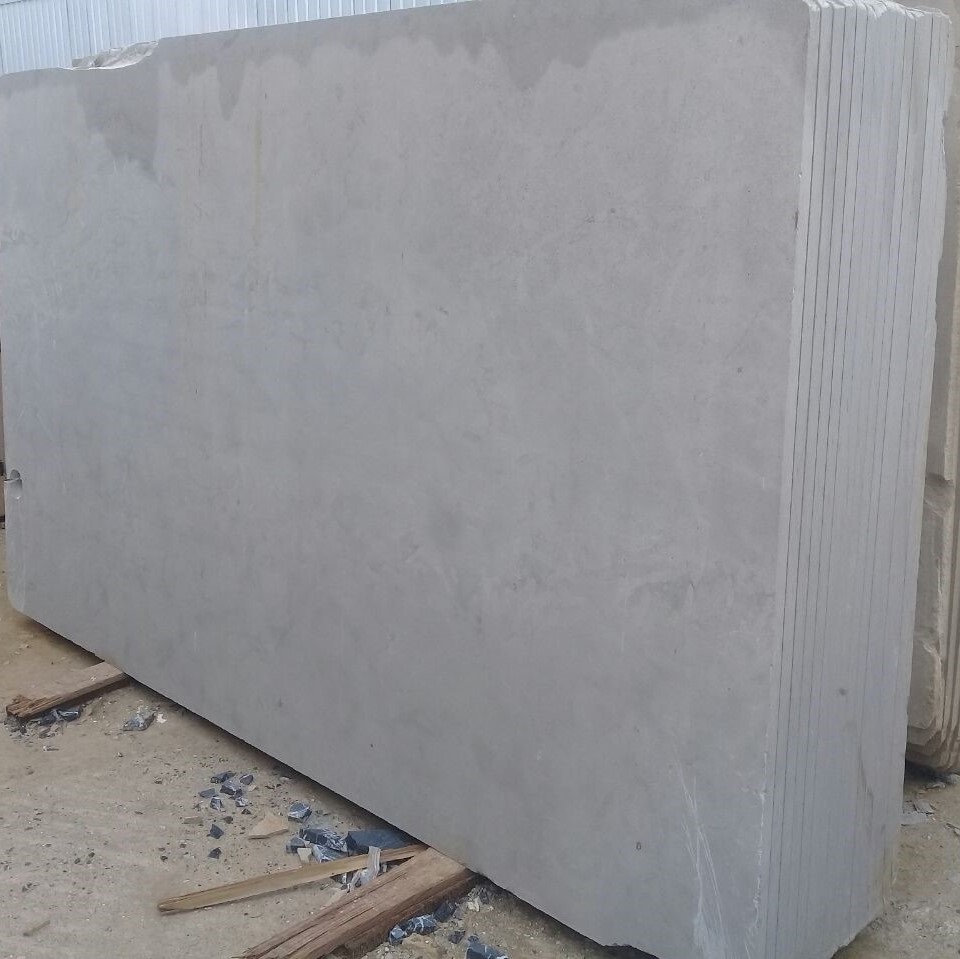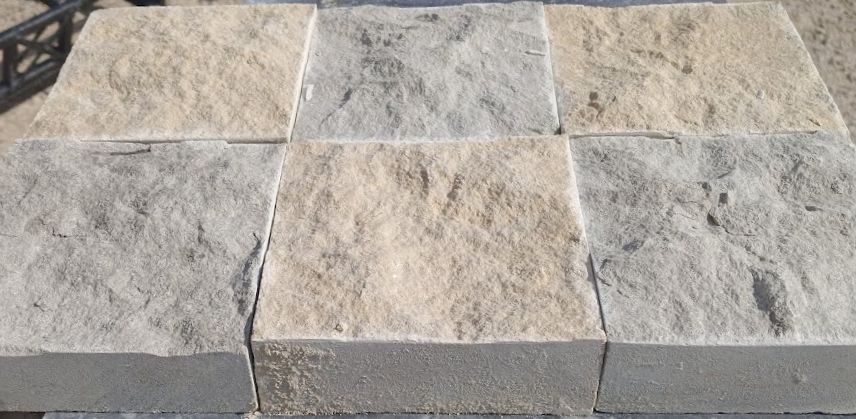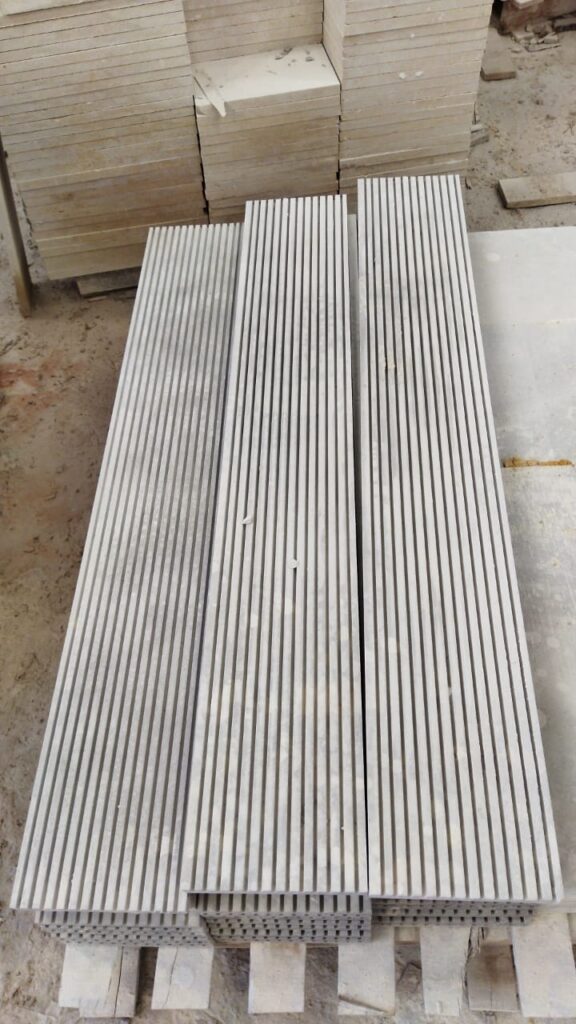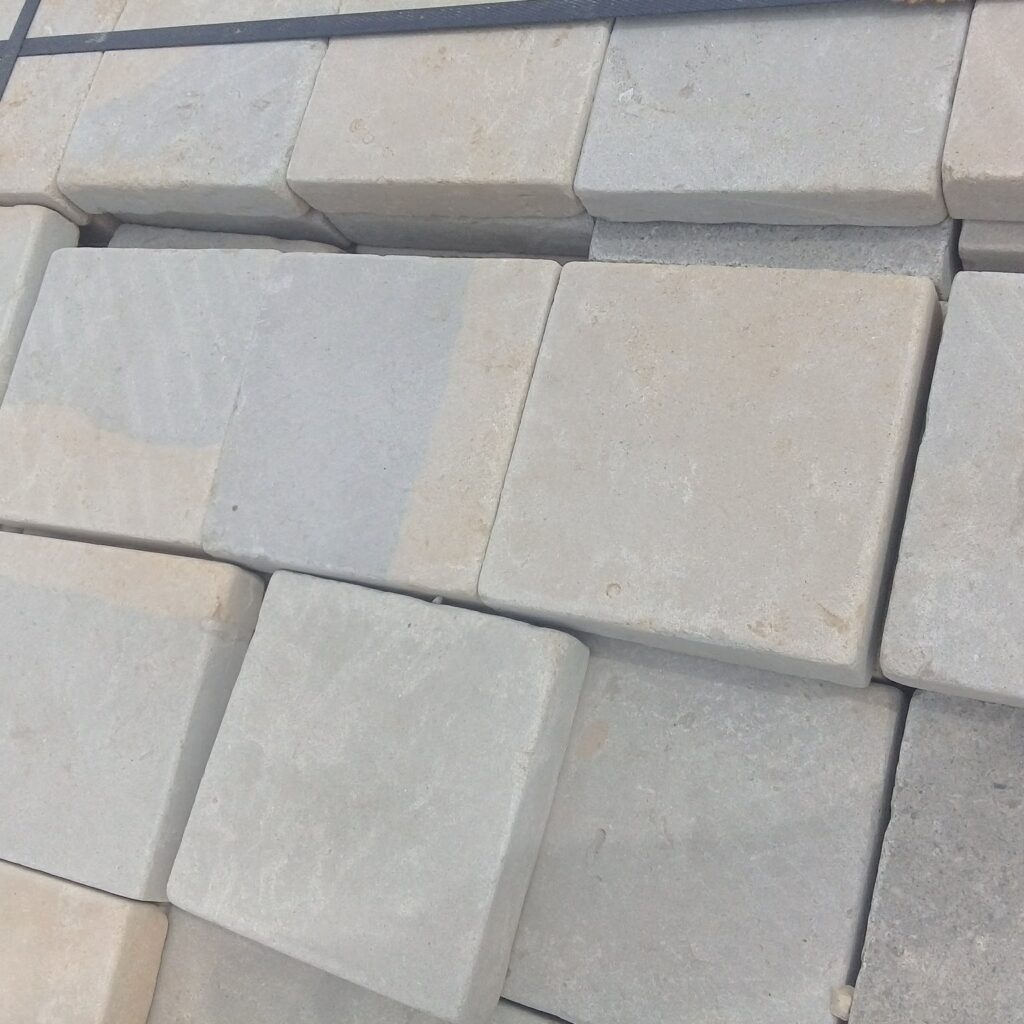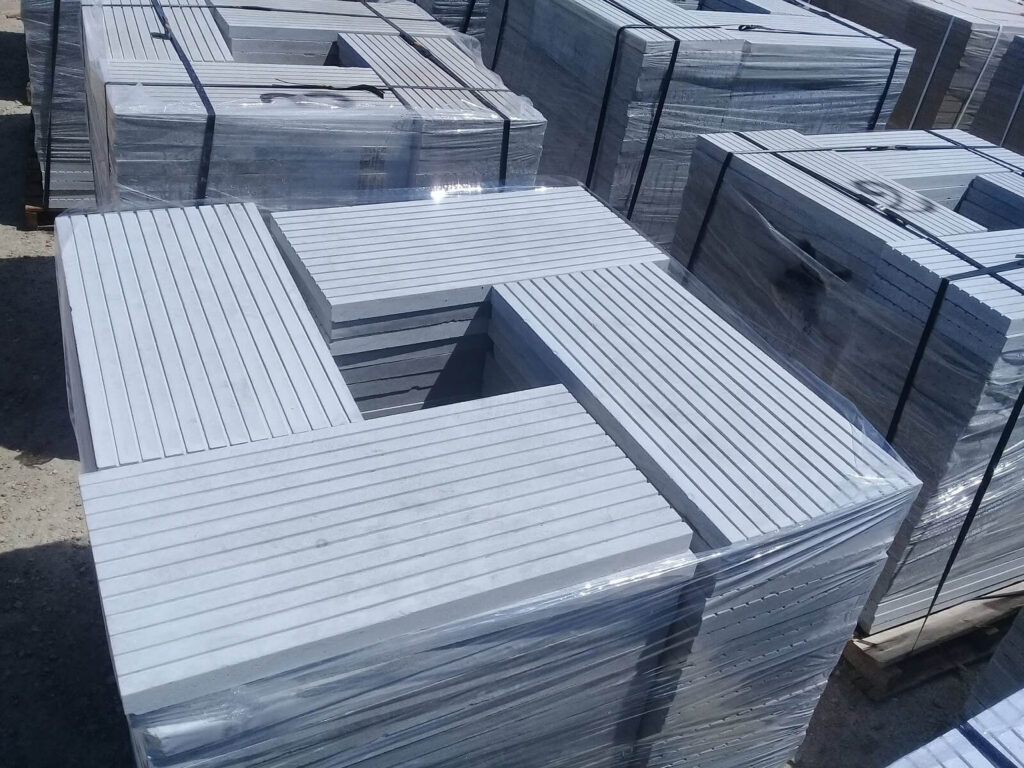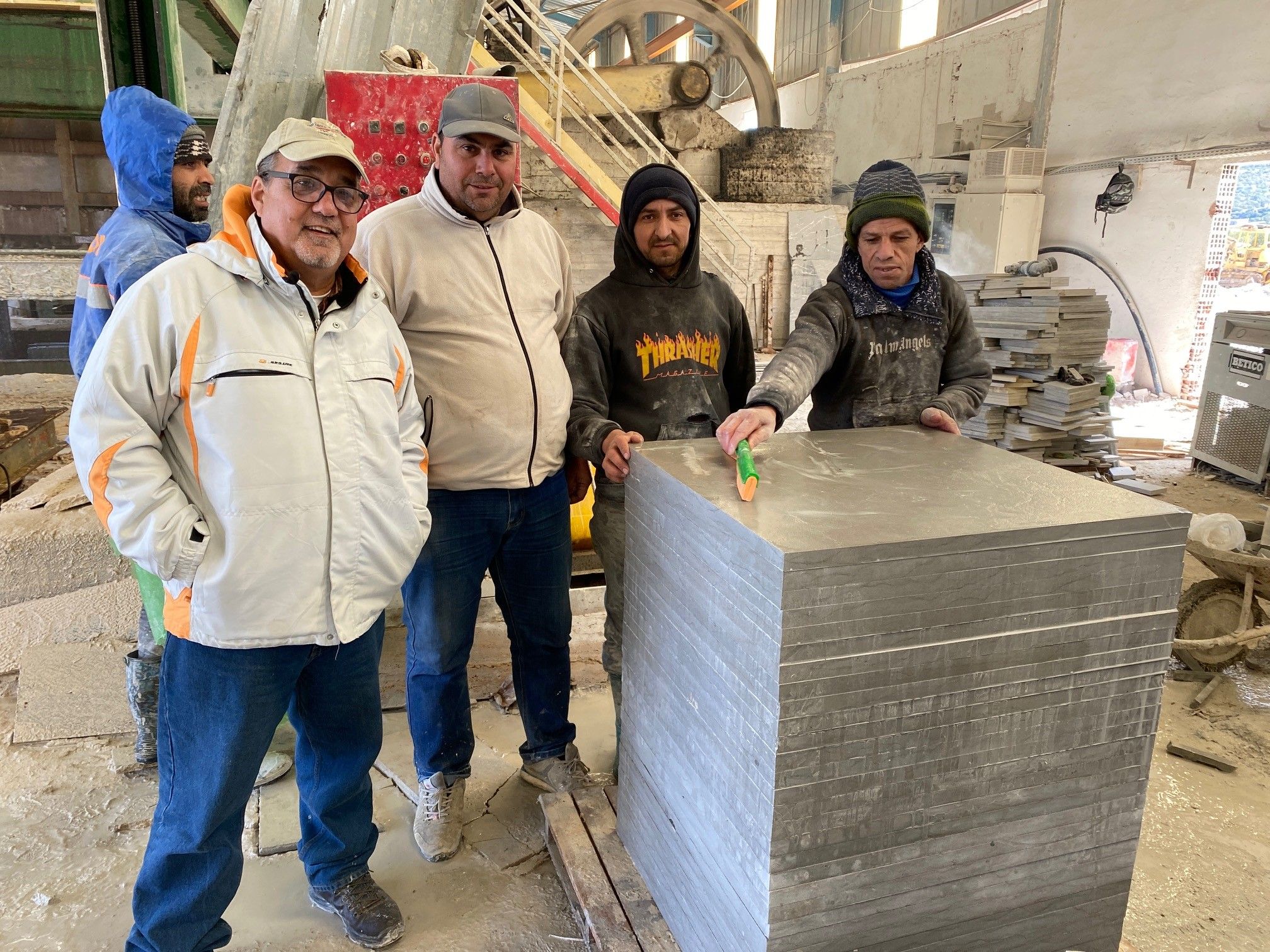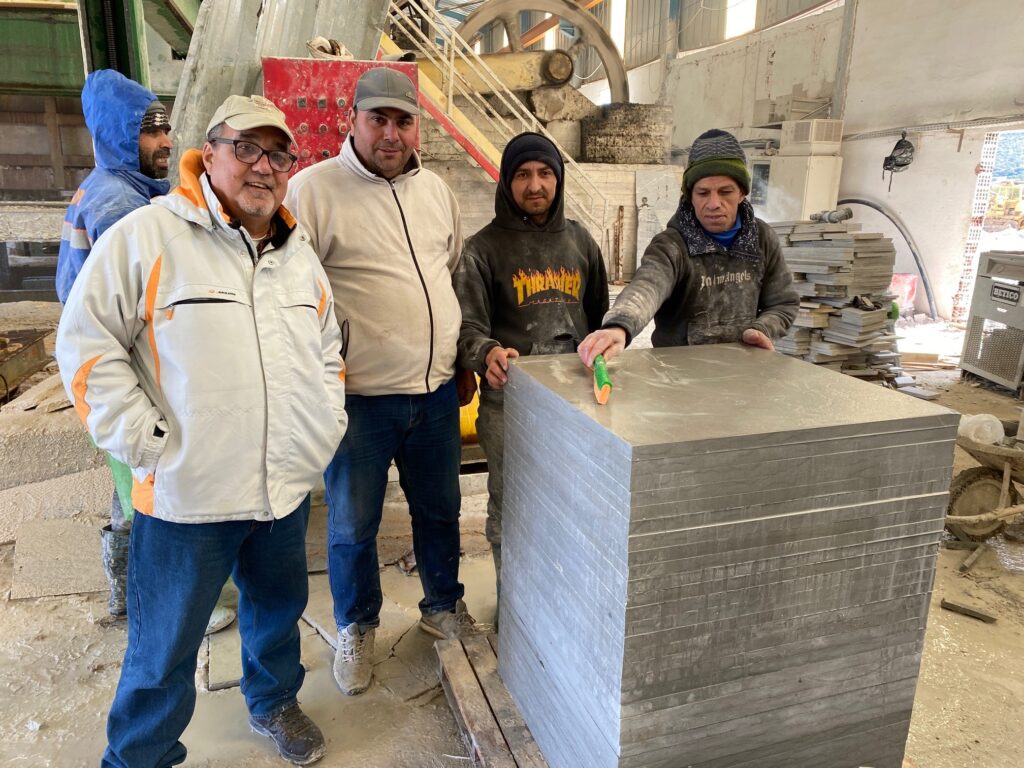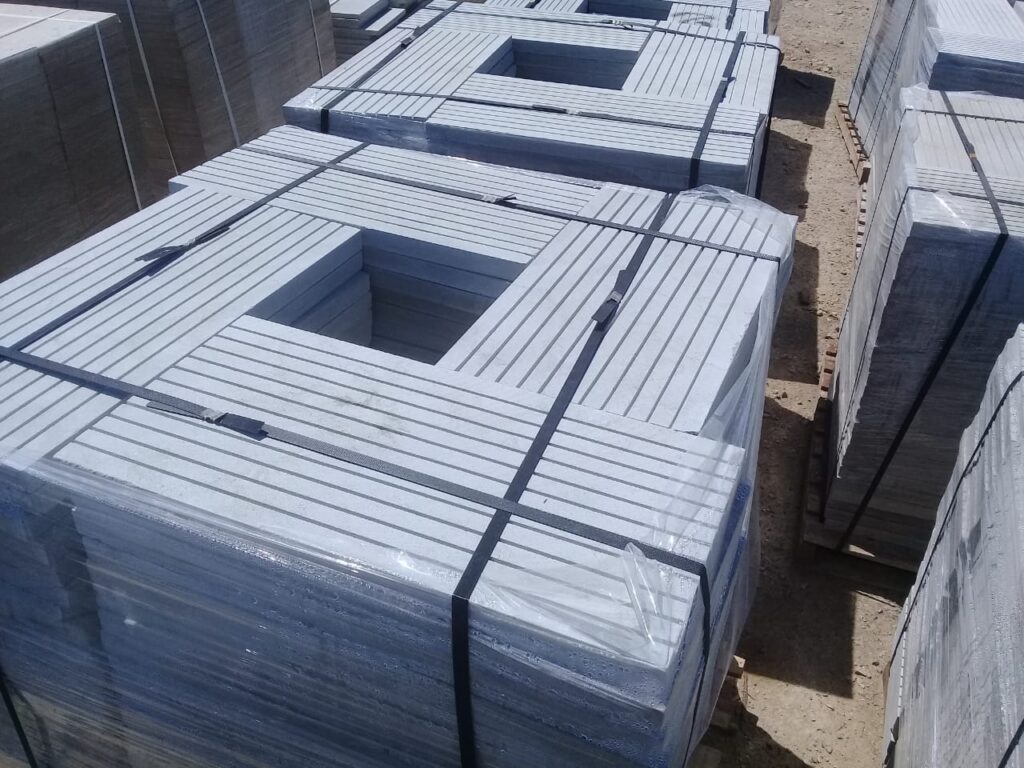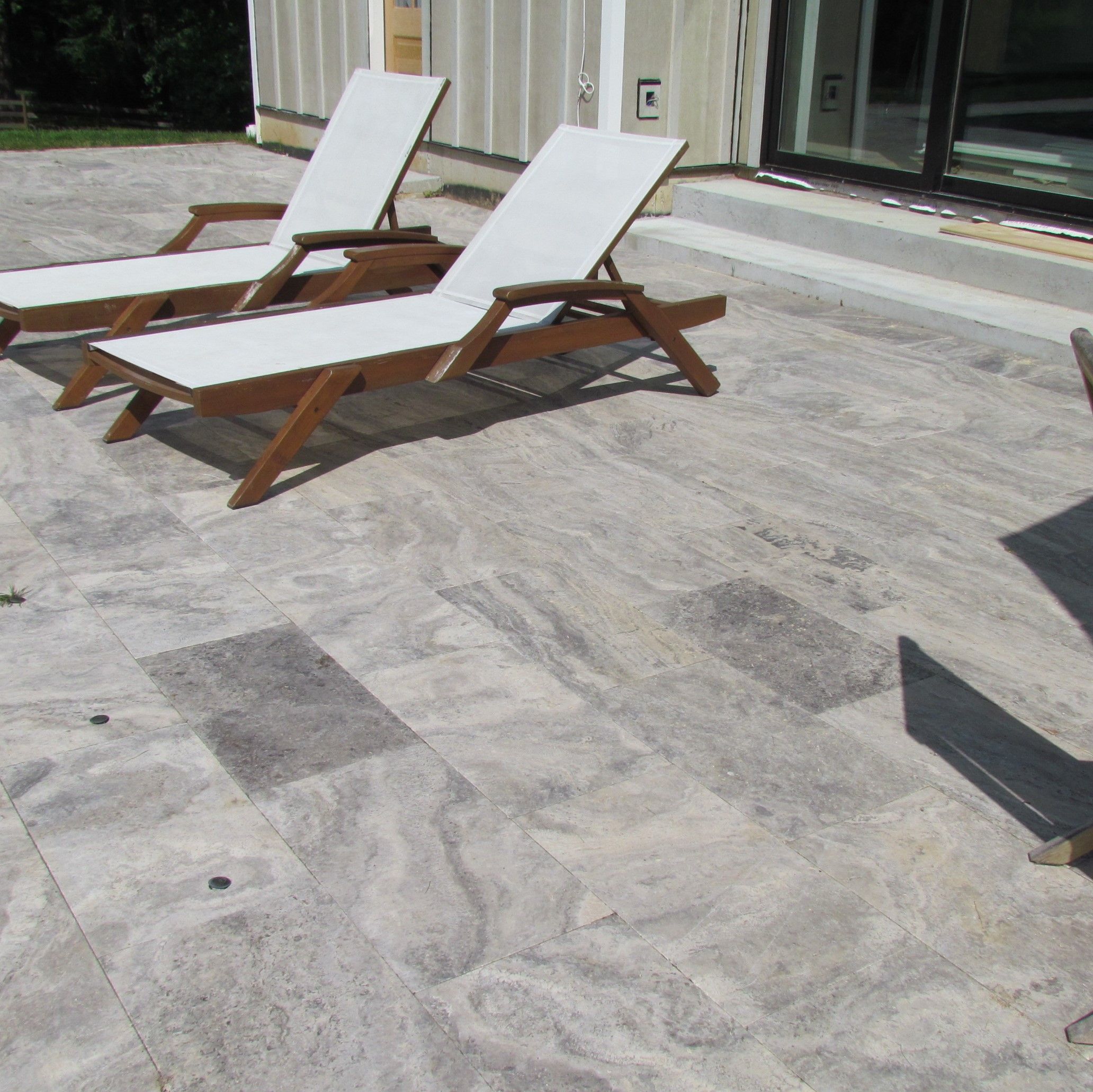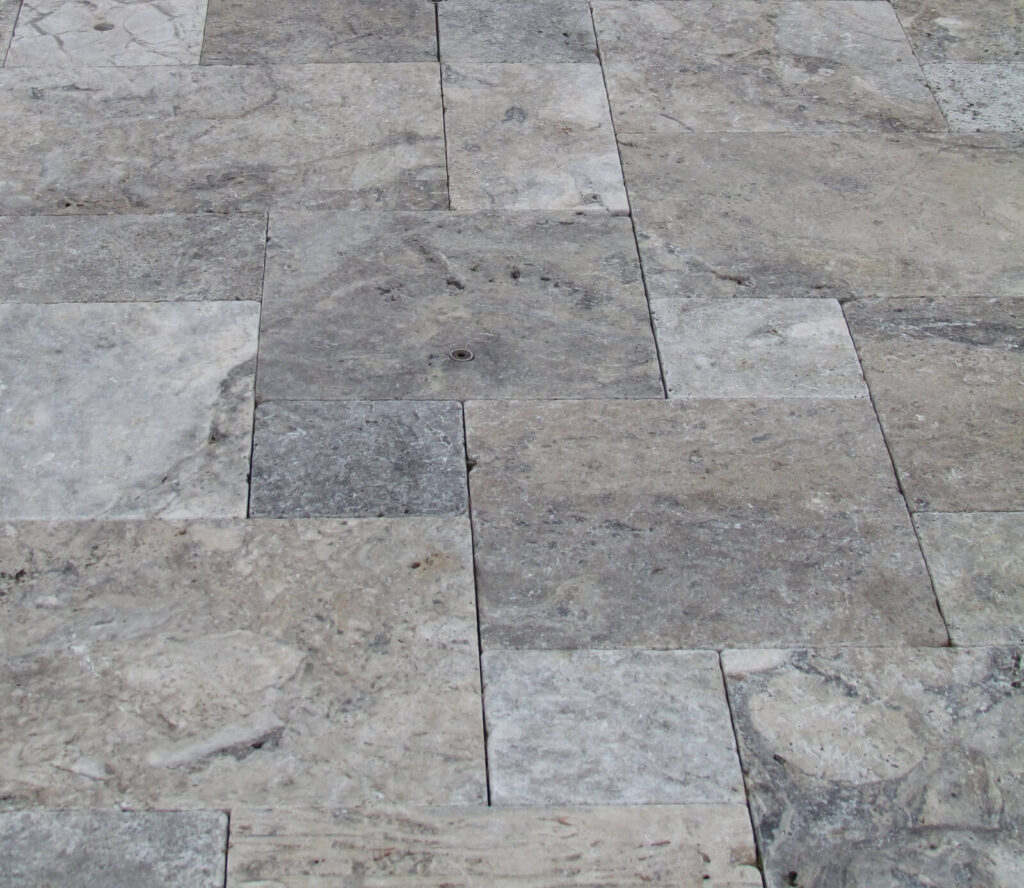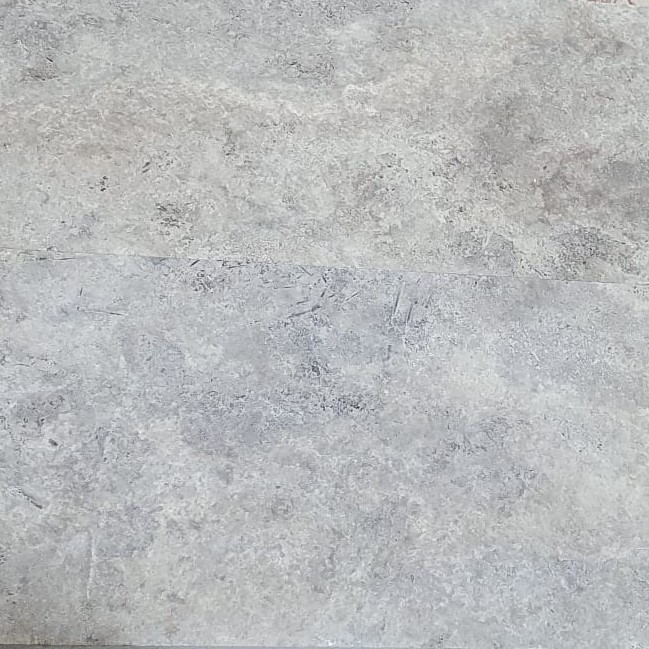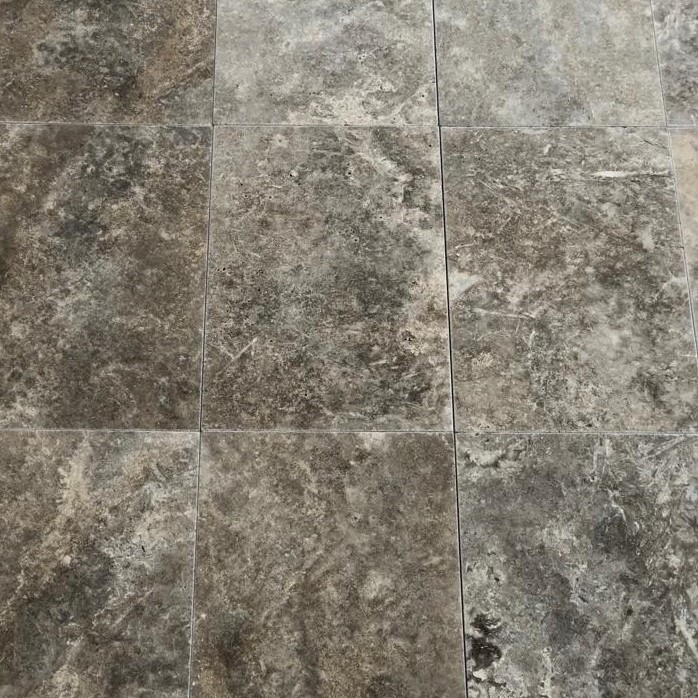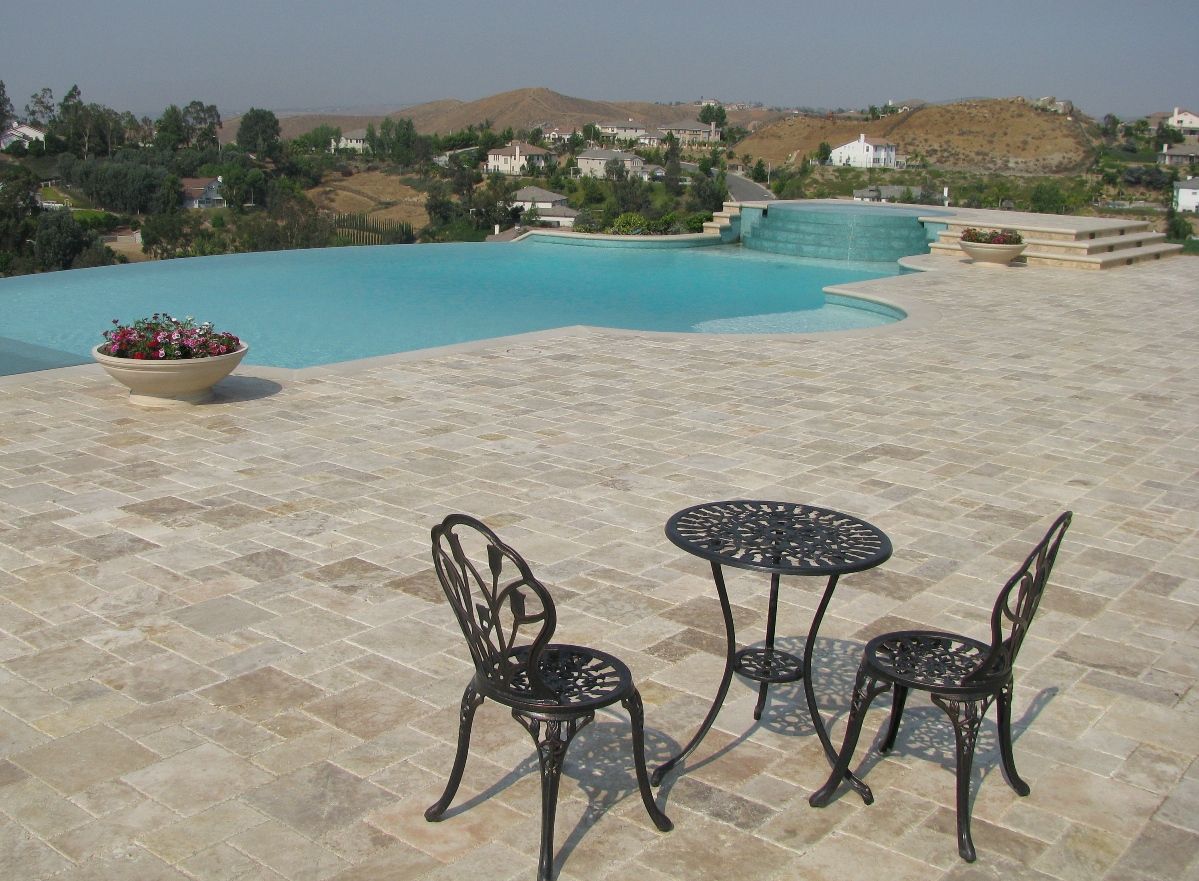Oyster Travertine for Eloquent Outdoor Designs
In outdoor design, the choice of materials plays a crucial role in shaping the ambiance and functionality of a space. Oyster travertine stands out as a timeless and versatile choice among the myriad options available. It is admired for its understated elegance and practical benefits. From patios and pathways to pool decks and outdoor kitchens, it lends a touch of natural sophistication to outdoor environments, enriching them with its subtle beauty and enduring charm.
Stays Cool in the Sun
Travertine pavers and coping remain cool under the sweltering sun, making it an ideal choice for hot climates, pool decks, and patios. Concrete, brick pavers, and PA/NY Bluestone absorb and retain heat. Travertine stays pleasantly cool to the touch, ensuring comfort and enjoyment for barefoot strolls or leisurely outdoor gatherings. This heat-resistant quality makes oyster travertine particularly well-suited for pool decks and patios providing a welcoming retreat from the heat of the day.
Freeze-Thaw Climates
Moreover, the travertine’s versatility extends beyond its aesthetic appeal to its practical functional benefits for outdoor living. Travertine is well-equipped to withstand the rigors of outdoor use, from heavy foot traffic to exposure to the elements. Its durable composition ensures long-lasting performance, maintaining its beauty and integrity even in high-traffic areas or harsh freeze-thaw climates.
Oyster Travertine has Warm and Cool Tones
Another advantage is its compatibility with a wide range of design palettes, making it a versatile choice for outdoor projects. Create a rustic retreat in a woodland setting or a sleek oasis in a contemporary urban environment. It harmonizes effortlessly with its surroundings, enhancing the visual appeal of any outdoor space. Its neutral color palette complements warm and cool tones, allowing for endless creative possibilities in outdoor design.
Oyster Travertine has Minimal Maintenance
Oyster travertine offers ease of maintenance requiring minimal care to preserve its natural beauty. With regular sweeping and occasional washing, travertine retains its luster and allure for years, providing enduring beauty for outdoor living.
In conclusion, the subtle elegance of oyster travertine makes it a premier choice for outdoor spaces seeking to balance beauty and functionality. From its heat-resistant properties to its compatibility with diverse design schemes, oyster travertine pavers & tile embody the timeless allure of natural stone, enriching outdoor and indoor environments with its understated sophistication. Whether gracing a patio, pathway, pool deck, pool house, or kitchen, oyster travertine is a testament to nature’s artistry, offering a harmonious blend of form and function that enhances the allure of outdoor living.
